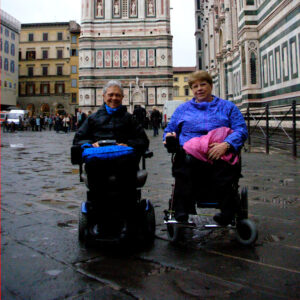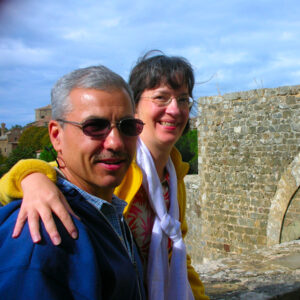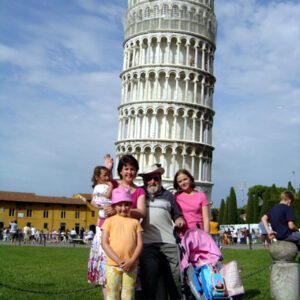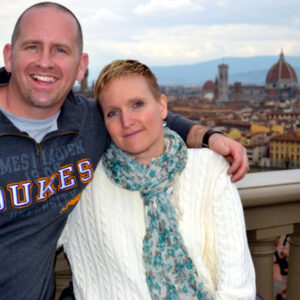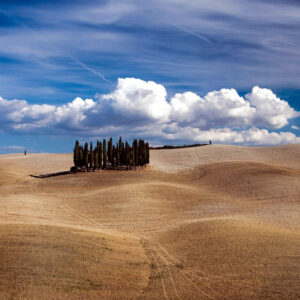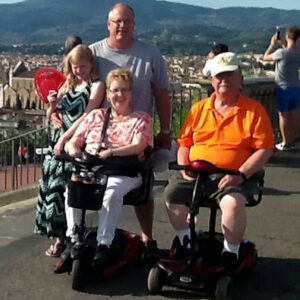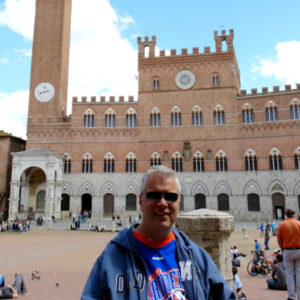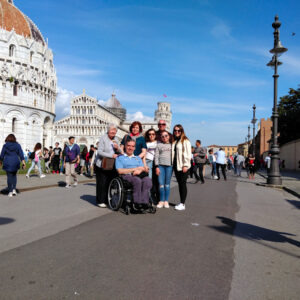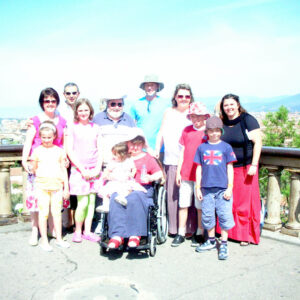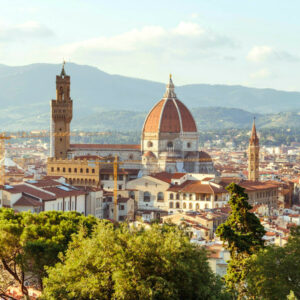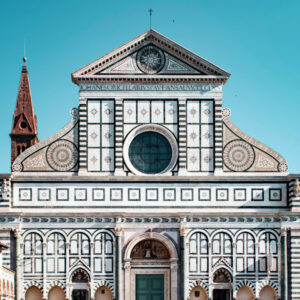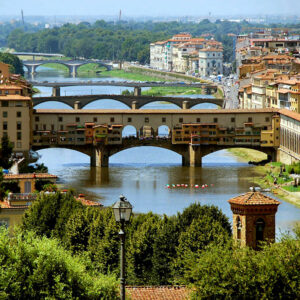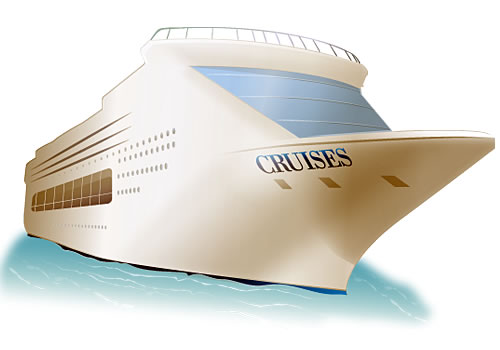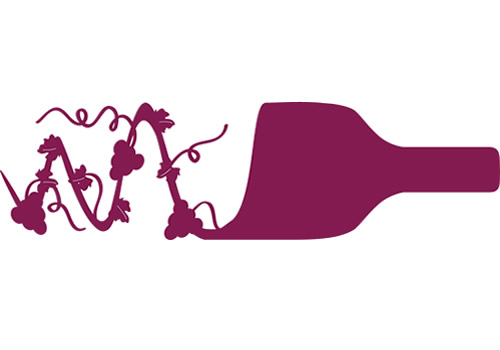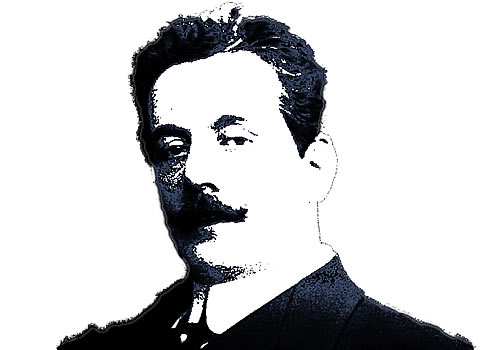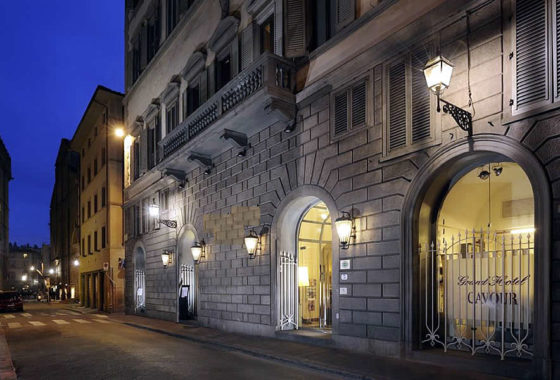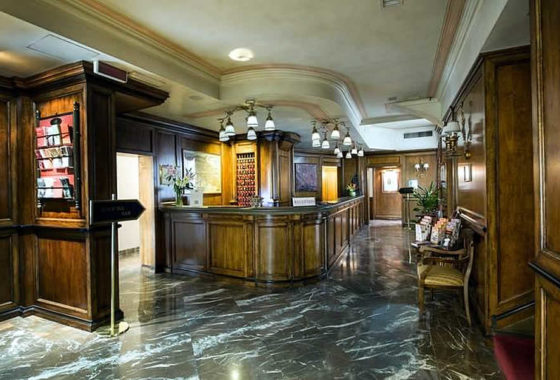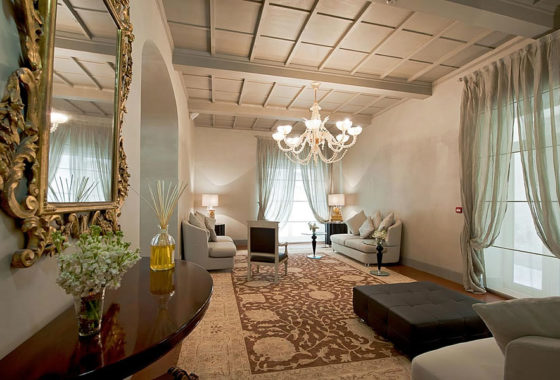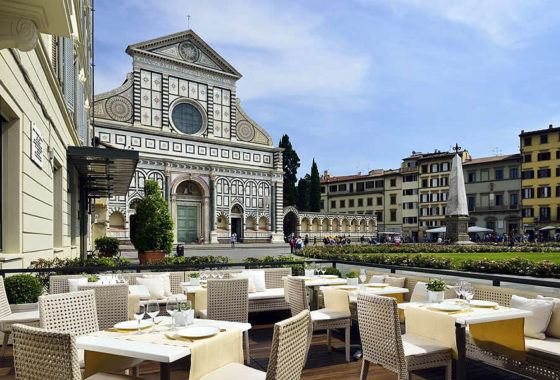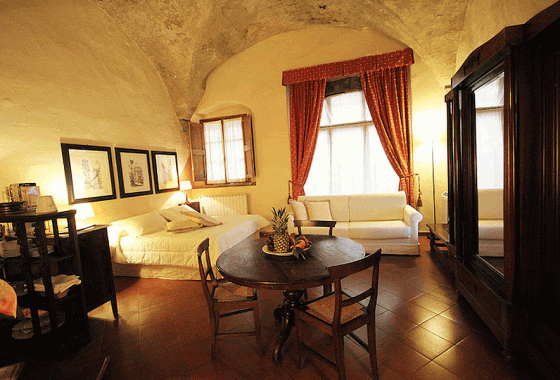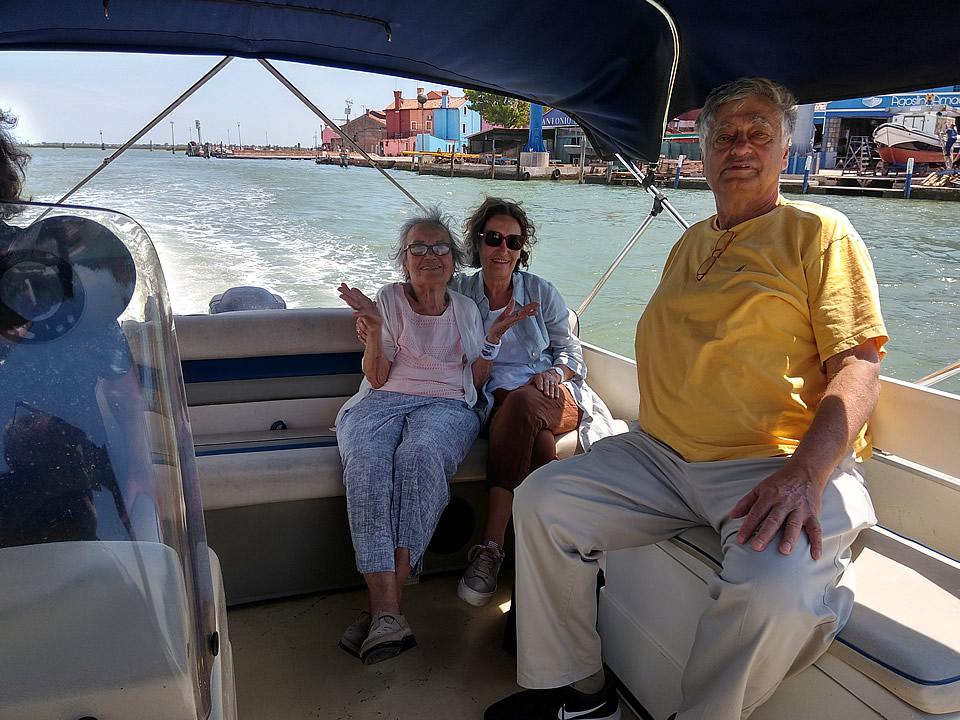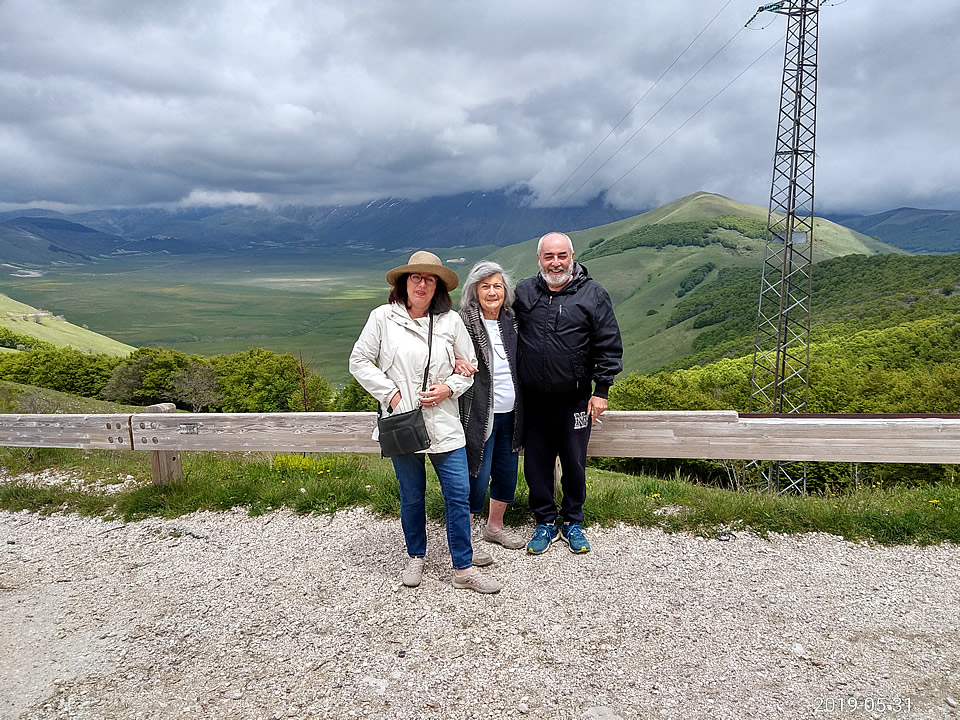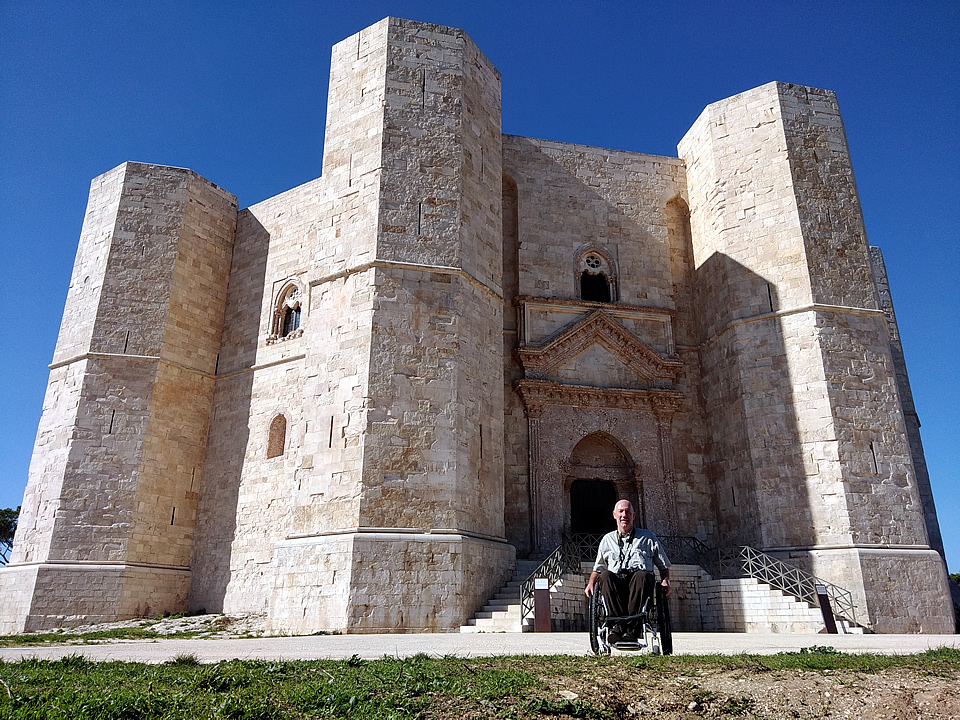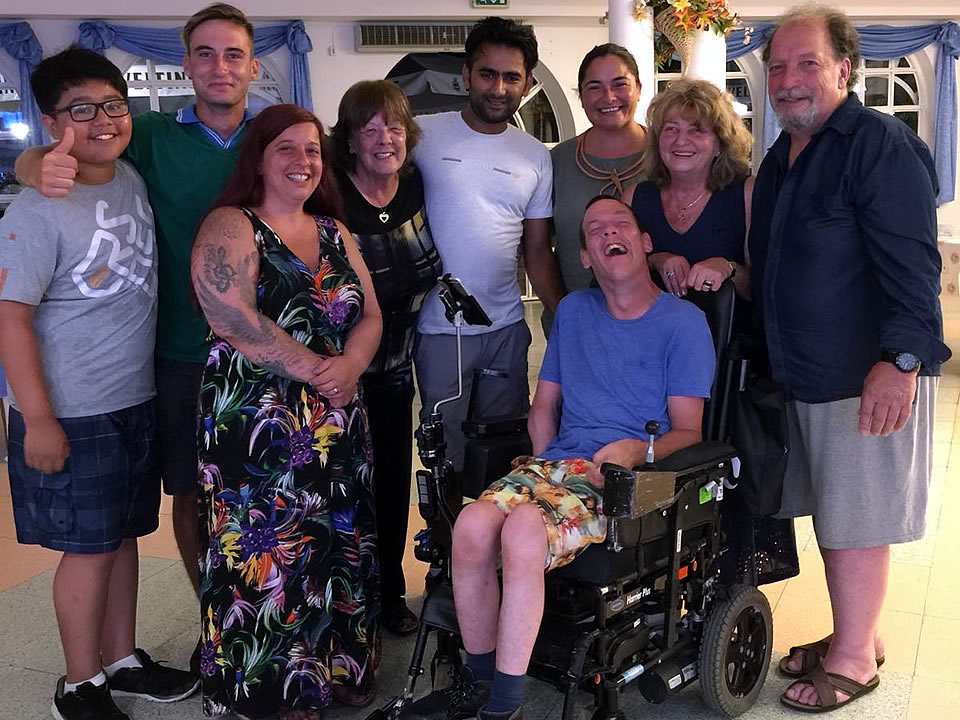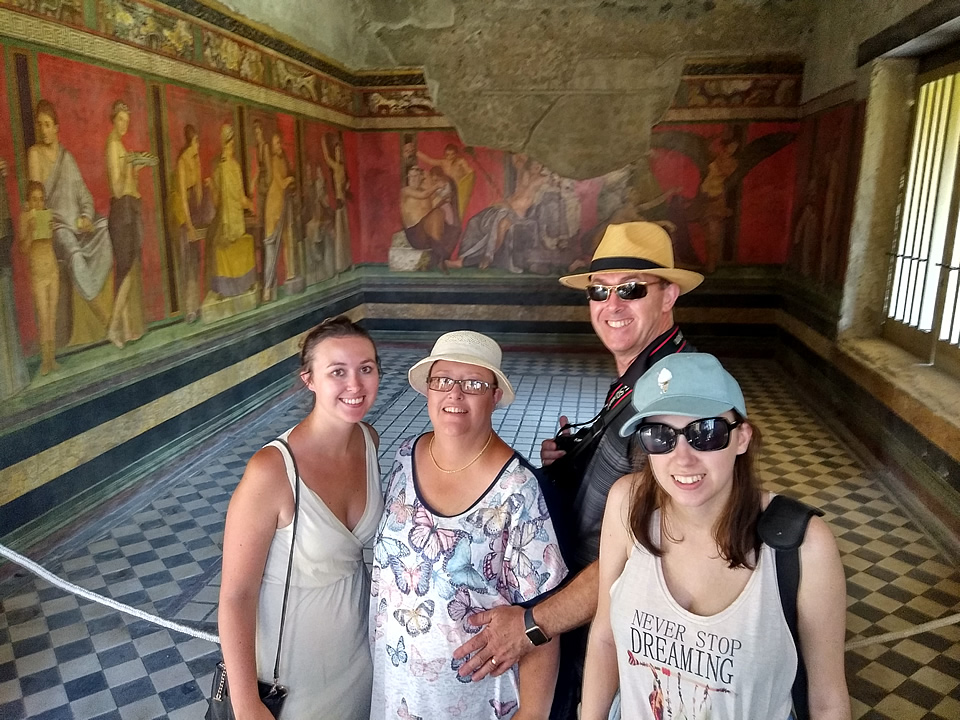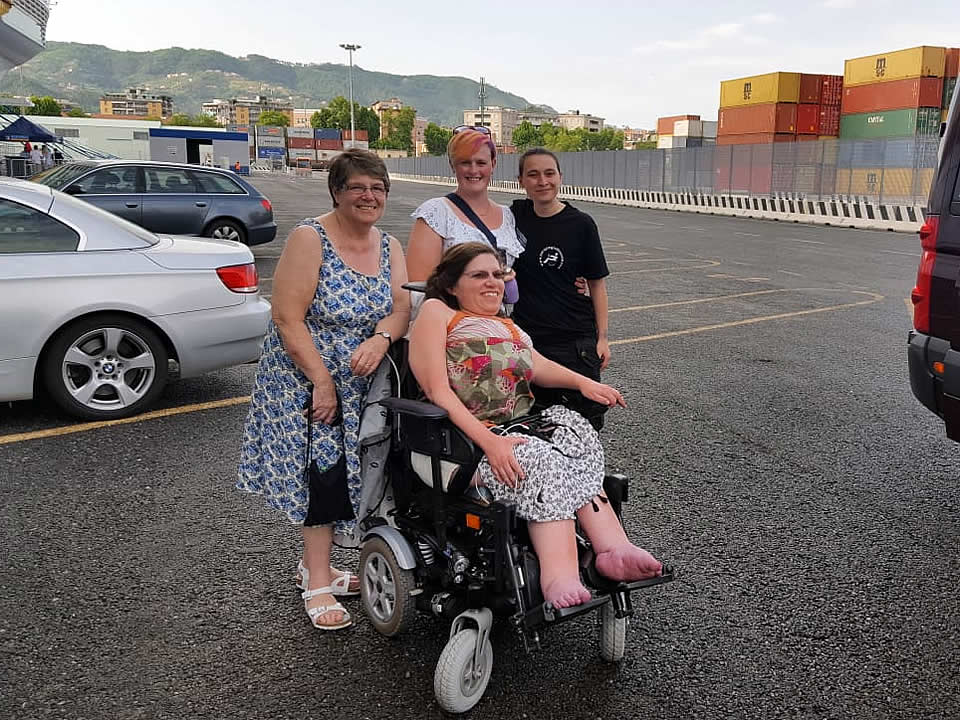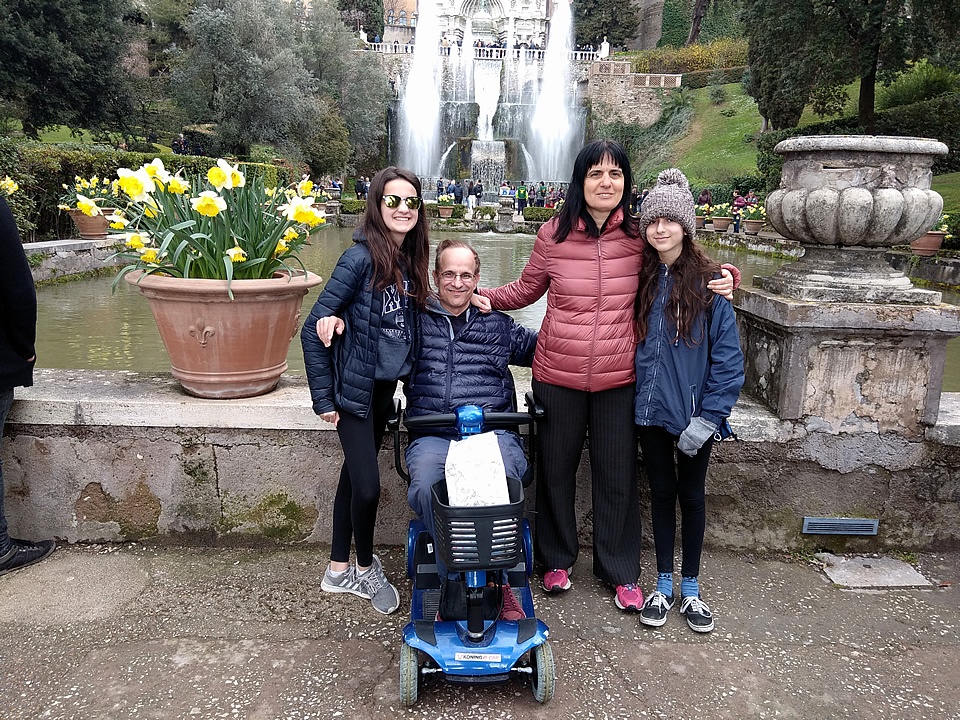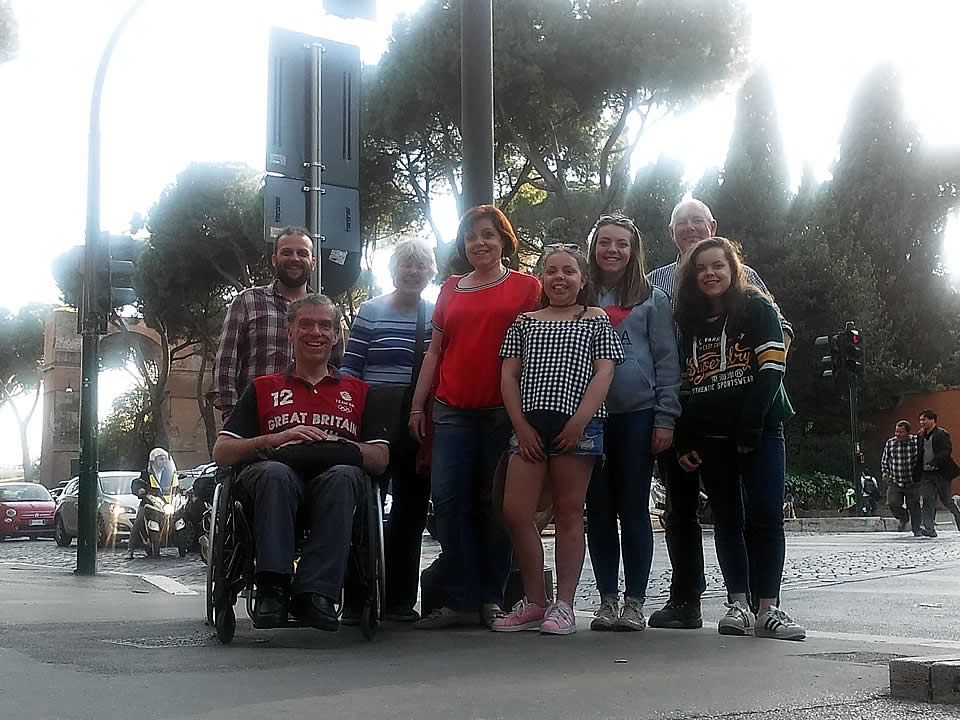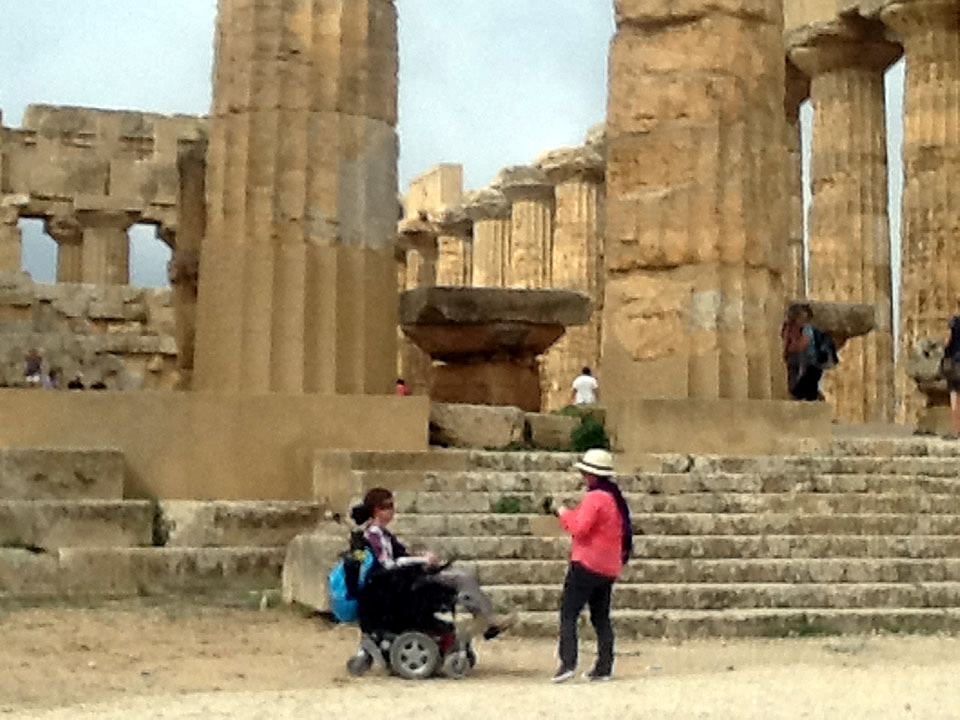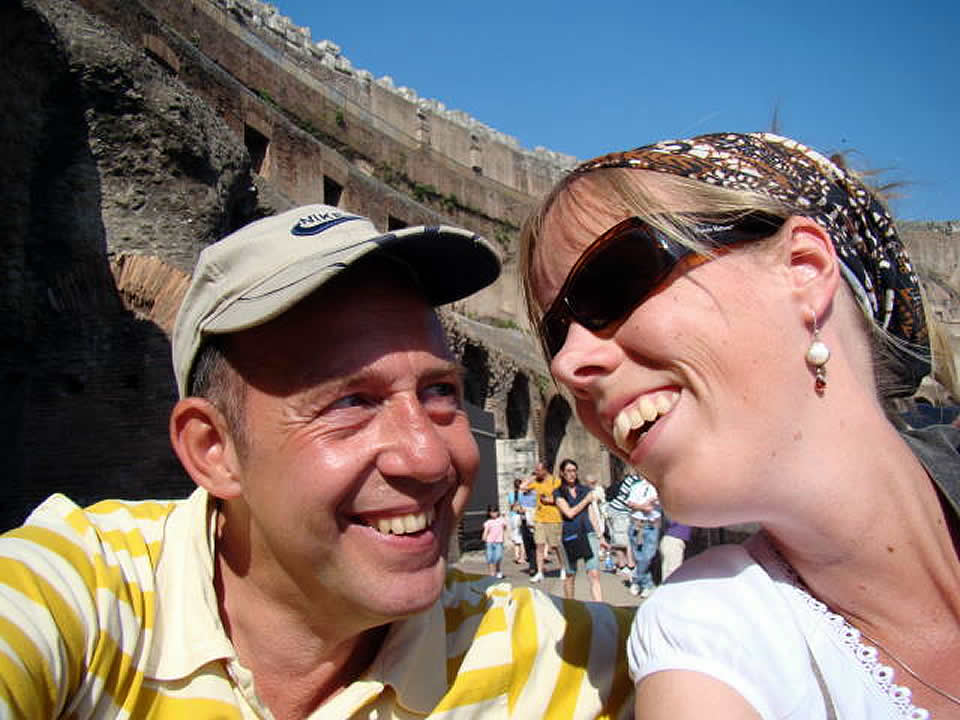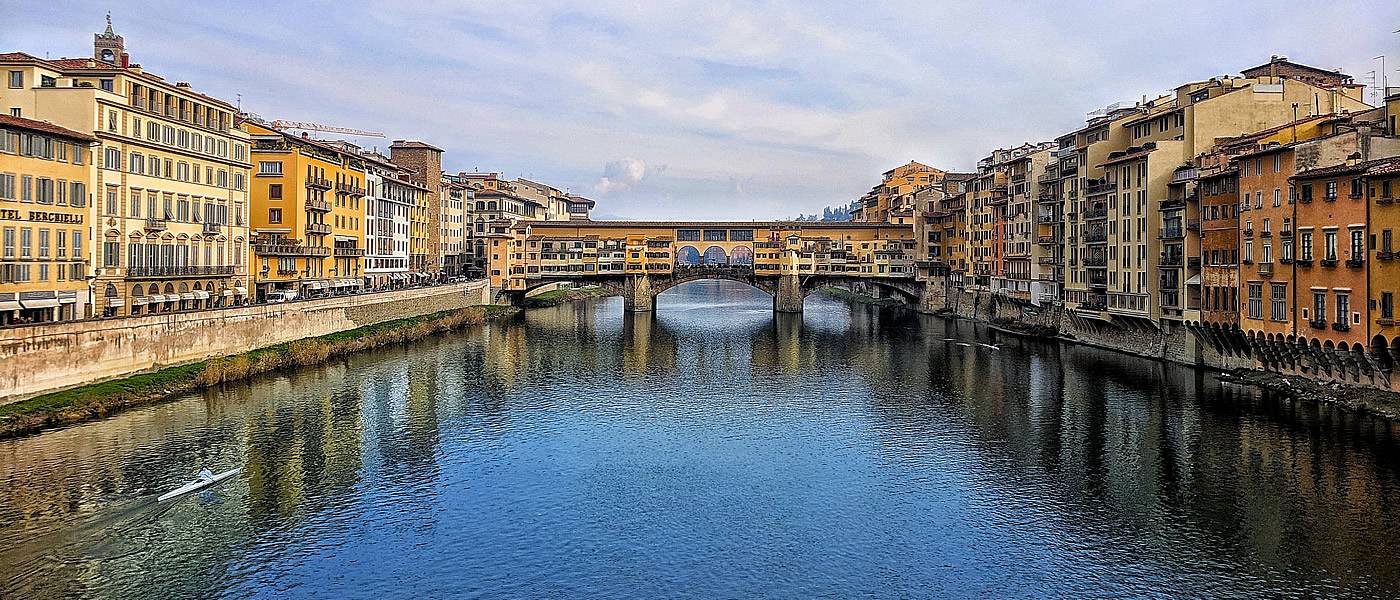

Ponte Vecchio Wheelchair Accessible Tours Disabled Florence Holidays Facilities
Home > Italy Accessible Tours > Tuscany Accessible Tours > Florence Accessible Tours > Ponte Vecchio Accessible Tours
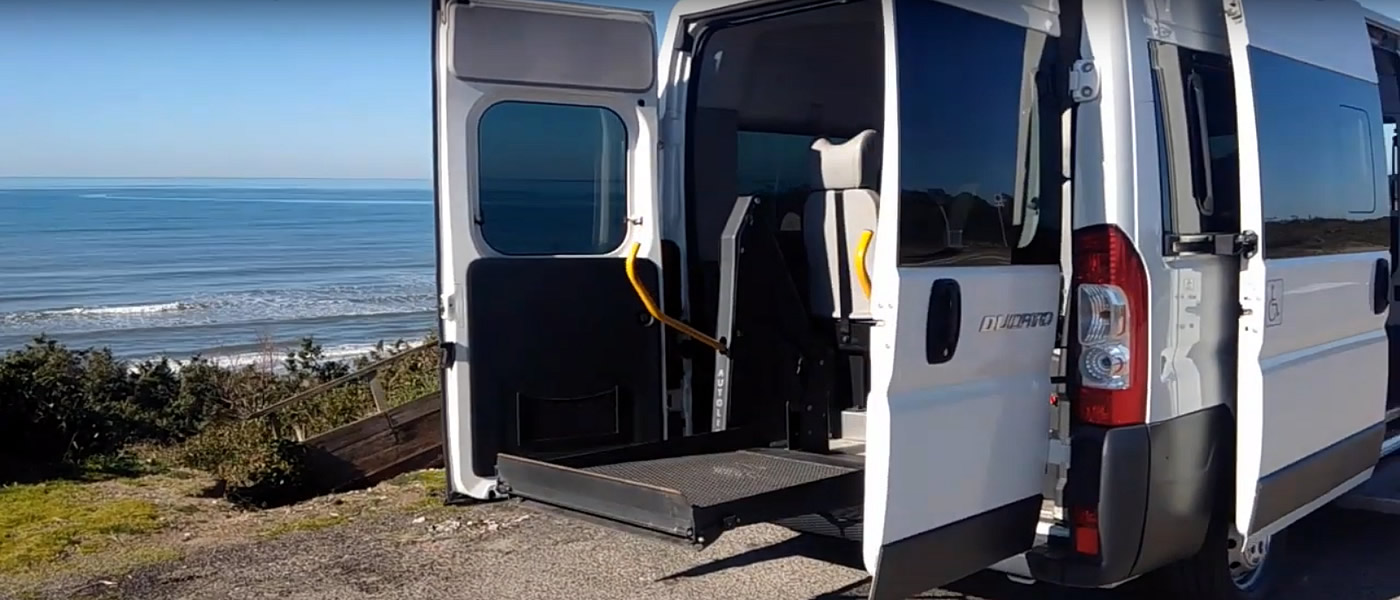
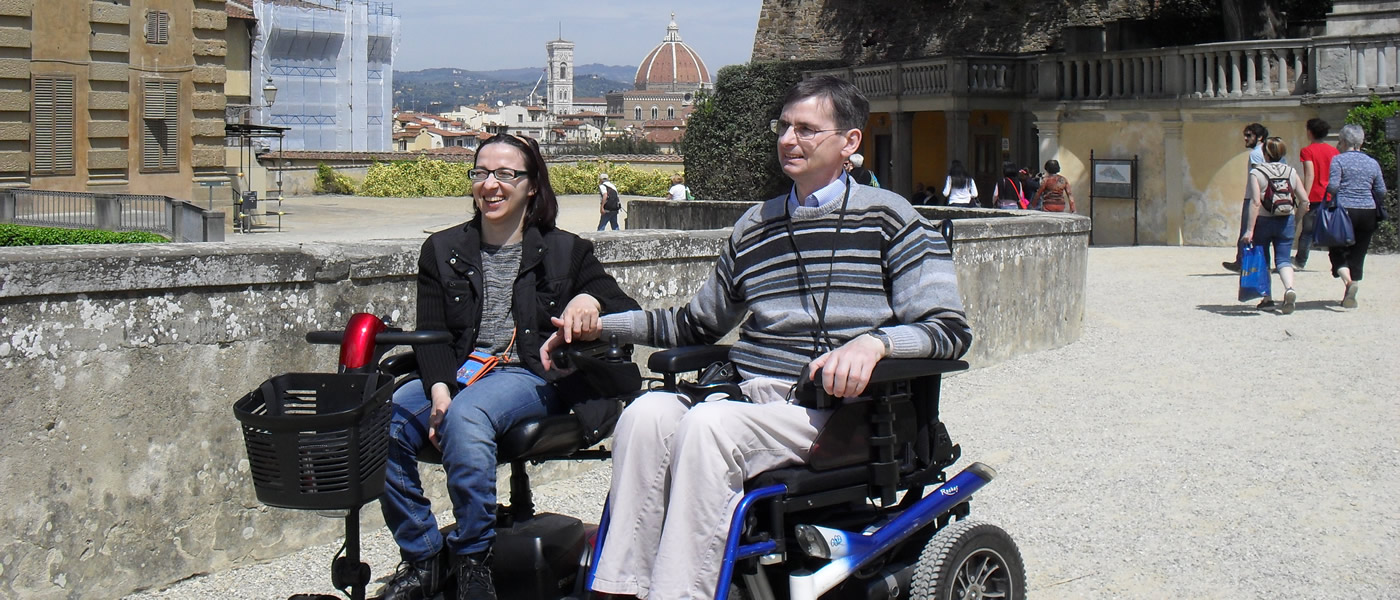


Ponte Vecchio Wheelchair Accessible Tours
Ponte Vecchio wheelchair accessible tours is one of the symbols of Florence.
A mandatory place for souvenir photos of tourists visiting this beautiful city.
It was the first and oldest bridge in Florence that crosses the Arno river at its narrowest point.
The profile of the Ponte Vecchio, which is part of its charm, is actually due to an expedient that saved him from the many destructions suffered over the centuries.
History
A little further upstream from the present, in Roman times, there was a crossing of the Arno.
Probably a wooden footbridge that allowed Florence to be connected to the other side and to the Via Cassia, one of the Roman national roads, which connects Florence with Rome.
Built as we see it today in 1345 by Taddeo Gaddi, Ponte Vecchio wheelchair accessible tours was the first bridge in history where lowered arches were used for construction.
Since the XII century the bridge was seen as a continuation of the urban road.
Initially, popular shops were located here, including the Beccai, the ancient butchers and the greengrocers because they could then dump their waste directly into the Arno.
In 1565, on the occasion of the marriage of Francesco I of the Medici with Giovanna of Austria, Giorgio Vasari was commissioned to build a corridor to join Palazzo Pitti, the new grand-ducal residence, with the Uffizi and Palazzo Vecchio.
In this way the Medici family could move freely and without risk from one residence to another.
In 1593, Ferdinando I dei Medici, brother of Francesco I, decided to replace the butchers shops with those of jewelers.
He did not like to walk down the corridor and hear the voices and smells of the market.
Since then the bridge becomes a much more elegant place and more in keeping with the nobility of the Medici family.
The Last One
An important chapter in the history of the bridge is marked by the Second World War, especially in its final phase.
In 1944, in fact, the retreating German army, to slow down the advance of the Americans, destroys all the bridges in the city.
All except the Ponte Vecchio which is saved thanks to the action of the German consul Gerhard Wolf.
The bridge is still undermined and it is decided to bring down the houses that were in Via Por Santa Maria and in Via Guicciardini, the two roads that lead to Ponte Vecchio.
In this way access was impossible and the bridge was saved by destruction.
Booking & Travel
Ponte Vecchio wheelchair accessible tours.
Unmissable visit at it with our Florence Accessible Tours, in Tuscany.
Specifically tailored to wheelchair users, reduced mobility persons and disabled with an adapted van.
Florence Wheelchair Accessible Services
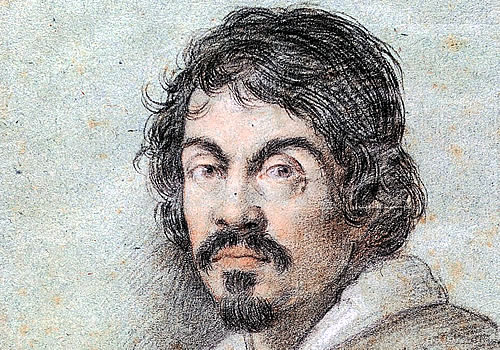
Florence Wheelchair Friendly Accessible Hotels
Florence, TF05
Tuscany
Florence, Italy
Florence, TF04
Tuscany
Florence, Italy
Florence, TF03
Tuscany
Florence, Italy
Florence, TF02
Tuscany
Florence, Italy
Florence, TF01
Florence Provence
Florence, Tuscany 50125
Enzo was a fantastic guide for our family. He took the seven of us, my wife and I, our three young kids..
28th June 2022
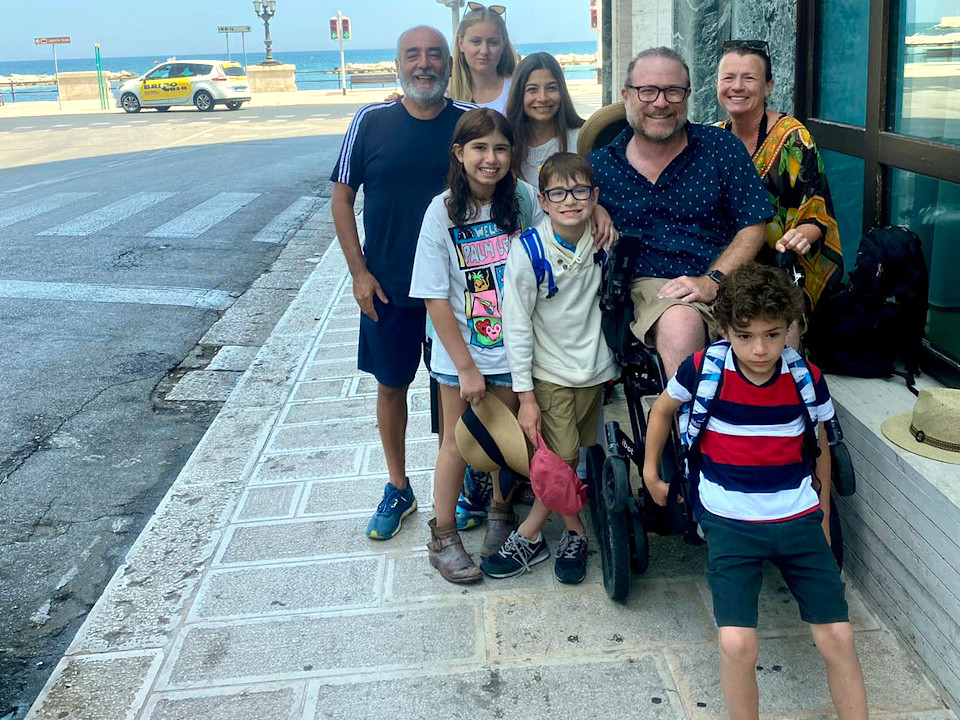

1st June 2022
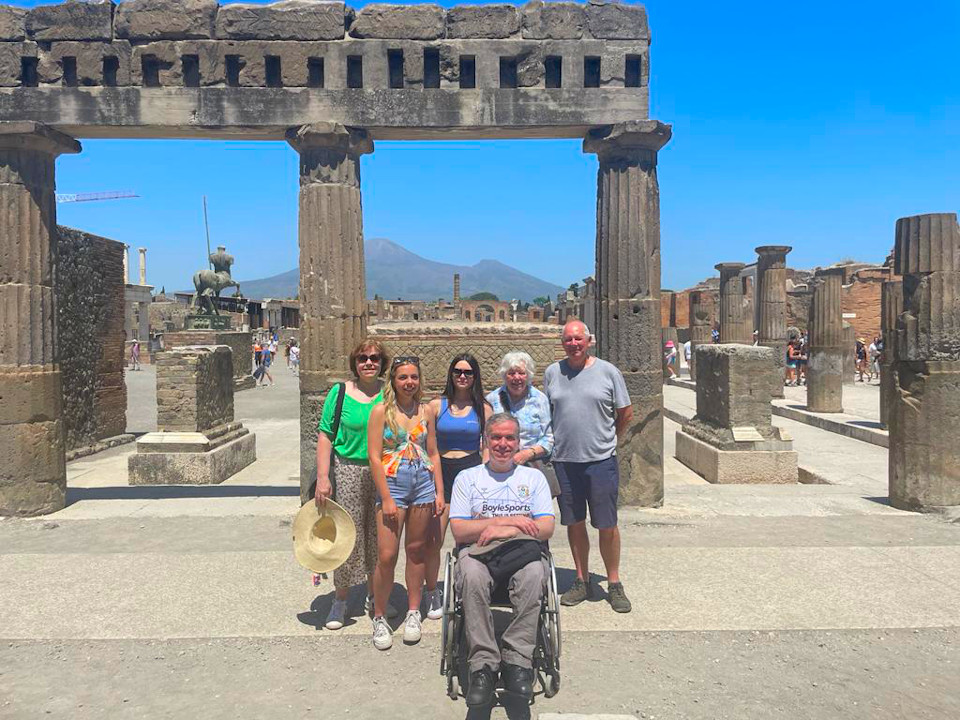
This is the third time we have travelled with Accessible Italian Holiday and once ...
29th May 2022
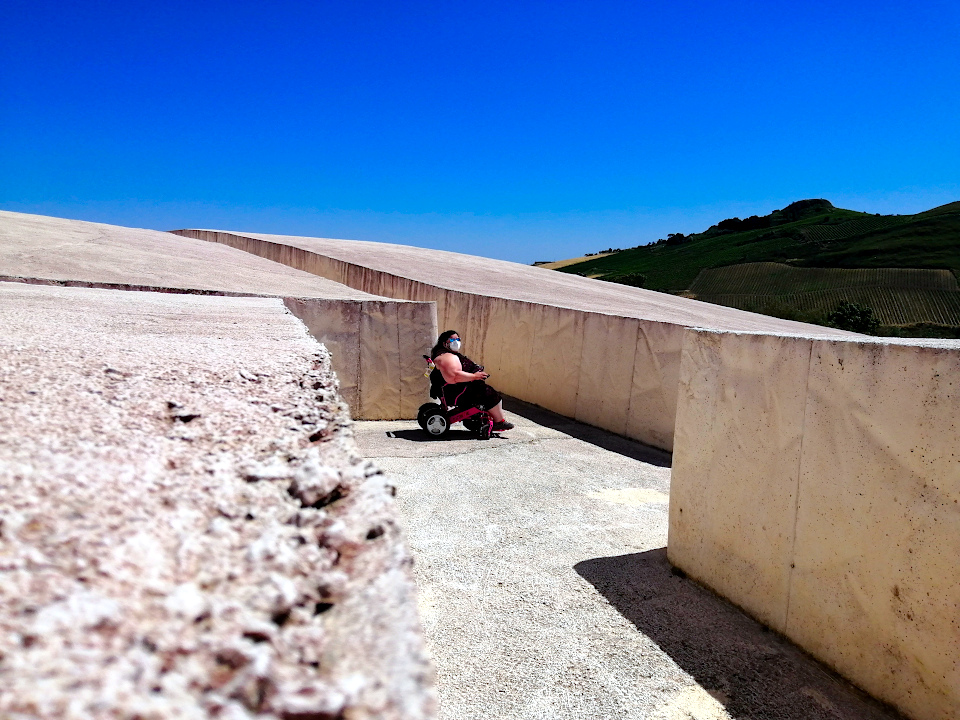
5th May 2022
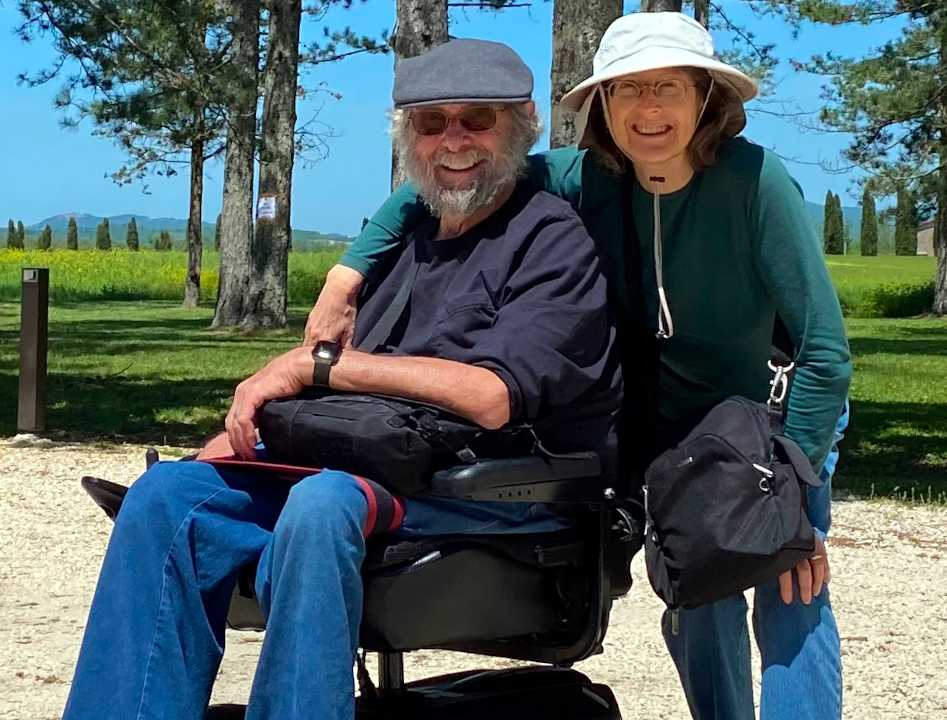
Vincenzo is superb in every way. He is extremely thorough, conscientious and honest ...
21st September 2021

19th September 2021
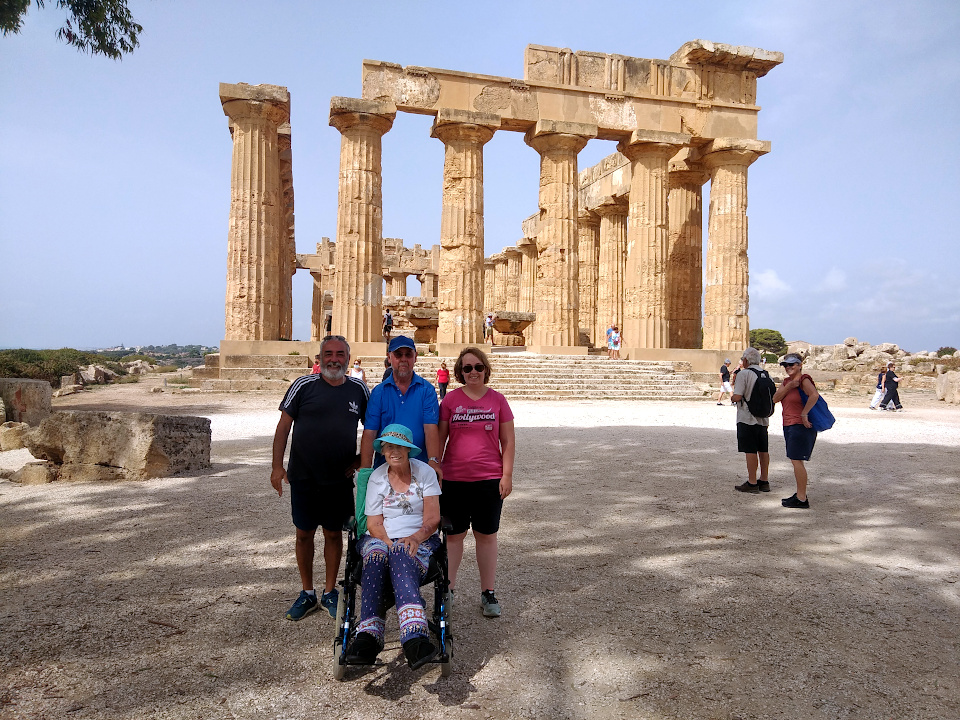
15th September 2021

I contacted Accessible Italian Holiday with a very short notice about a transfer from ...
13rd September 2021
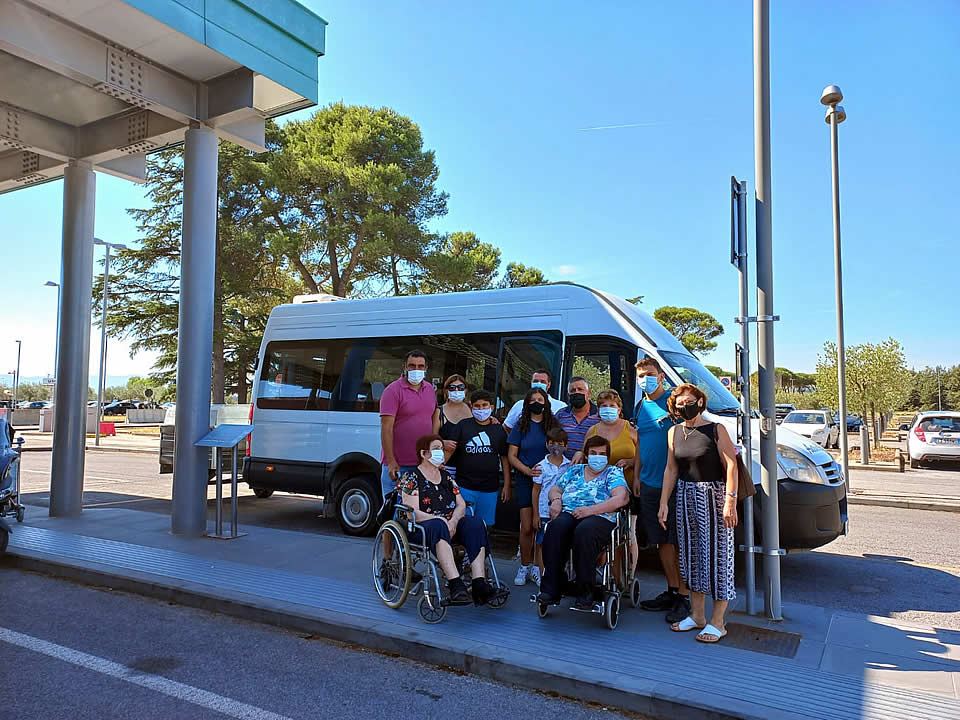
16th August 2021
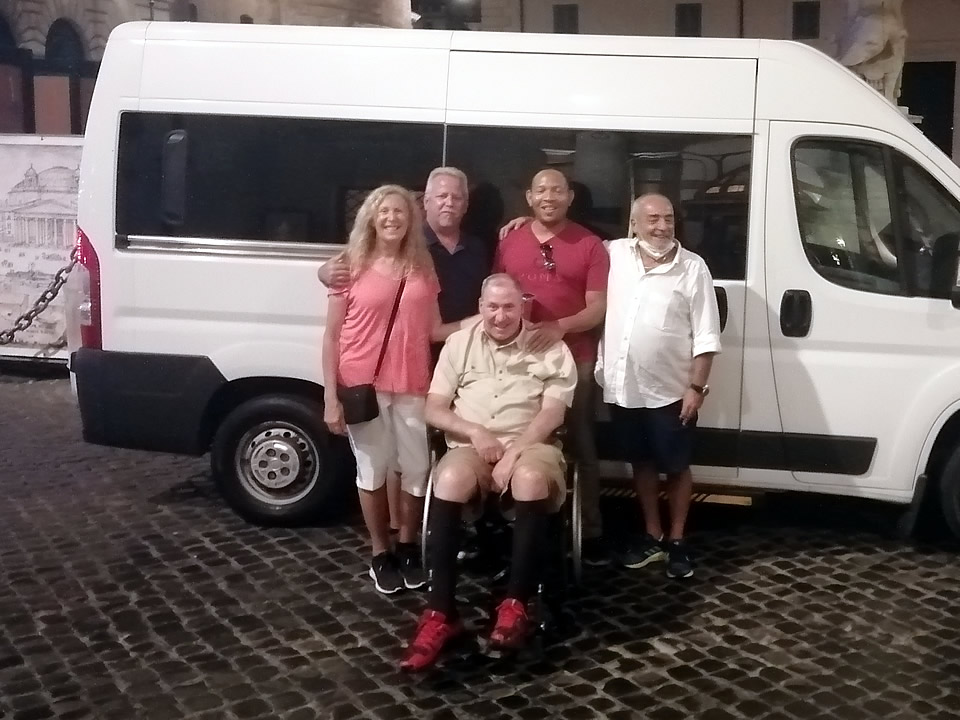
20th October 2020
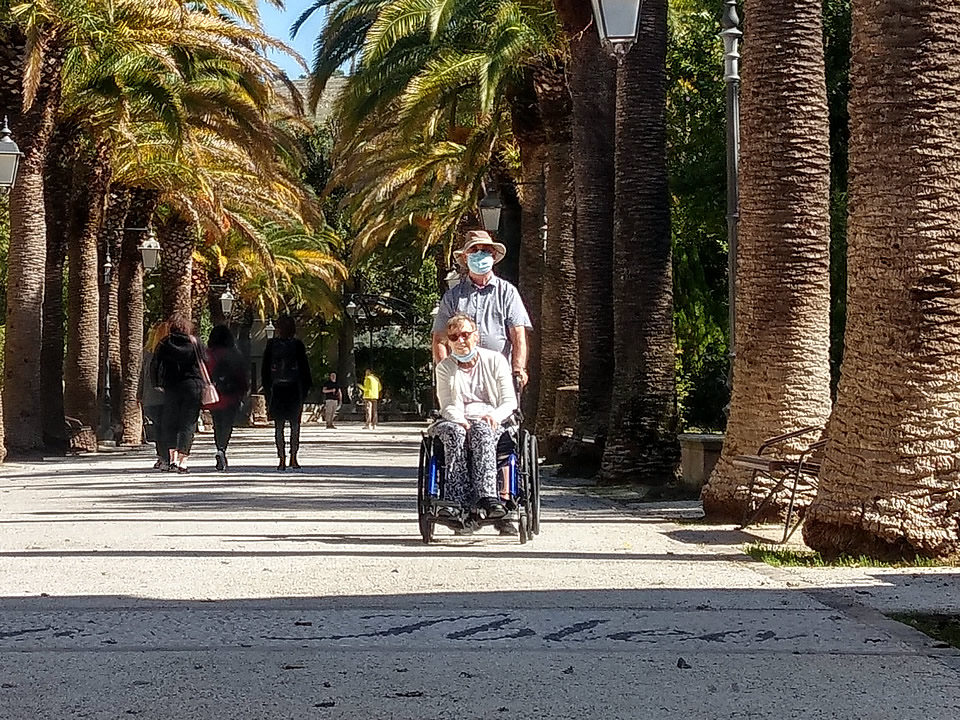
The service provided by Accessible Italian Holiday was exceptional. Vincenzo who ...
8th March 2020
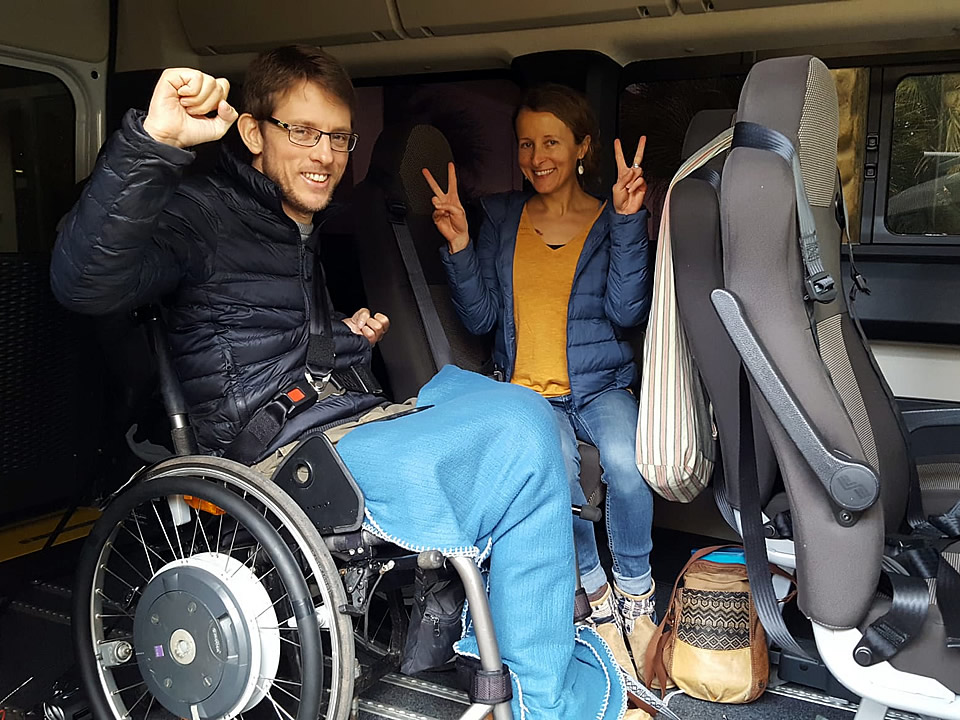
My husband ( who has a spinal cord injury and can't walk ) needed to make a last ...
31st October 2019
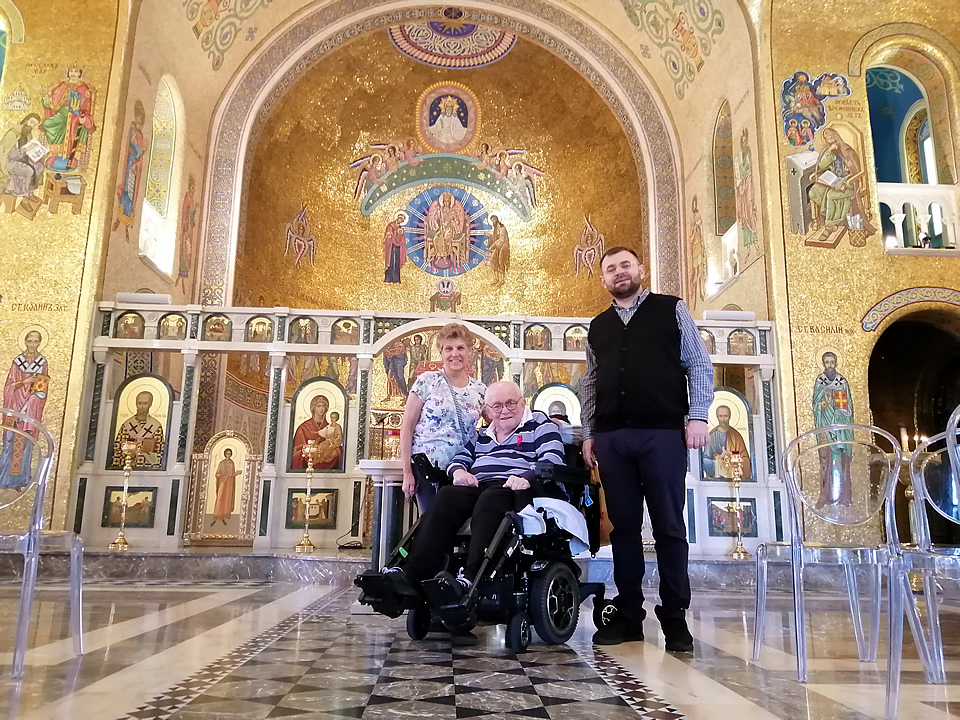
19th September 2019
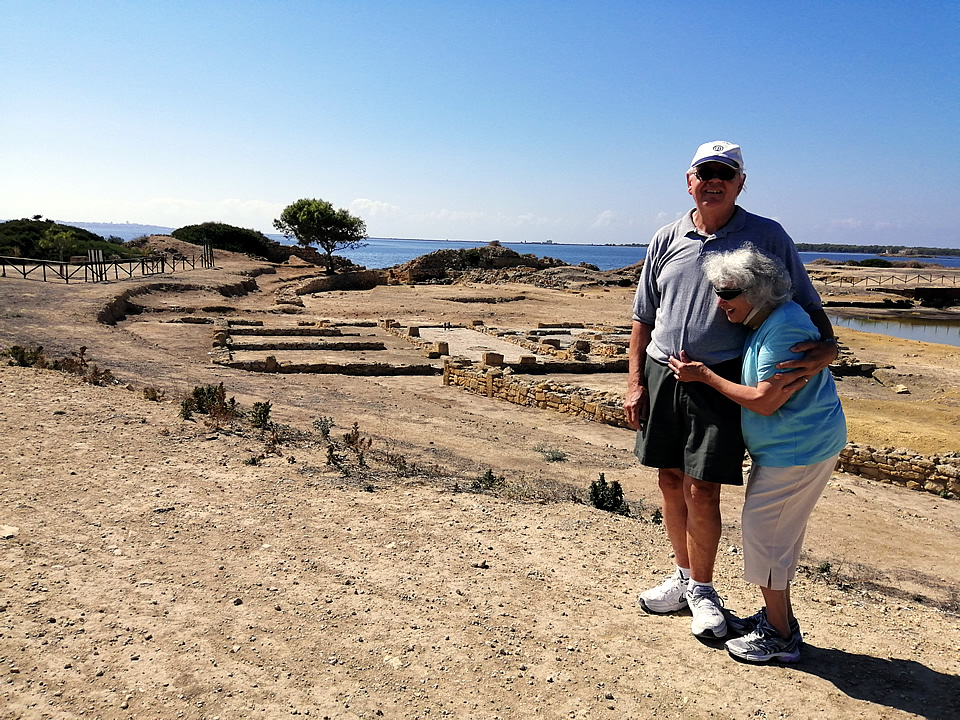
Enzo is a delight to work with. Made helpful suggestions that improved are overall ...
5th August 2019
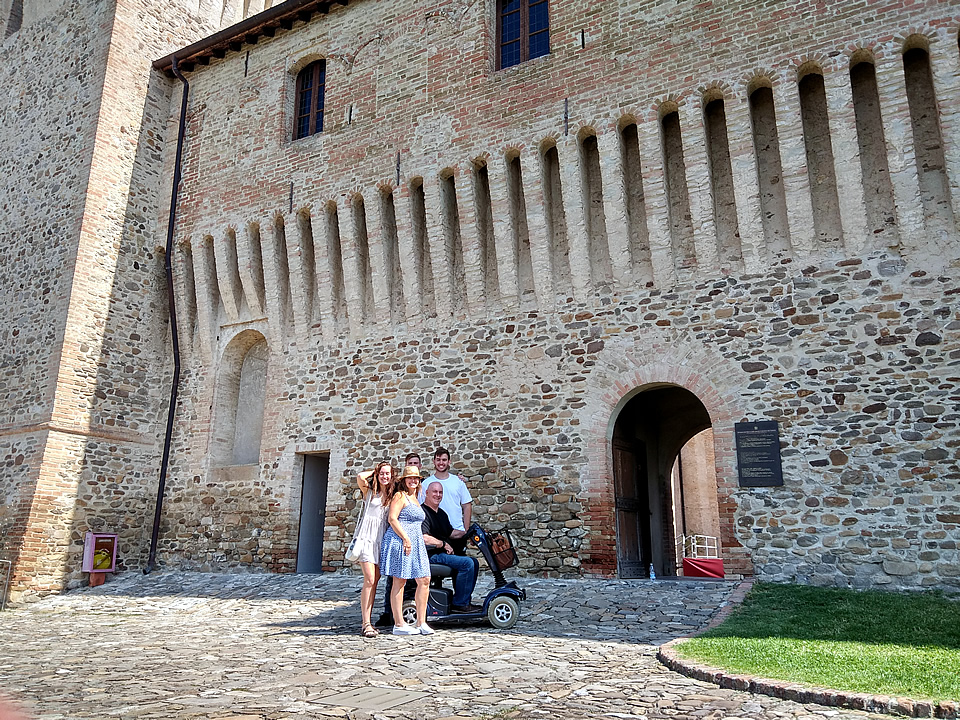
17th May 2019
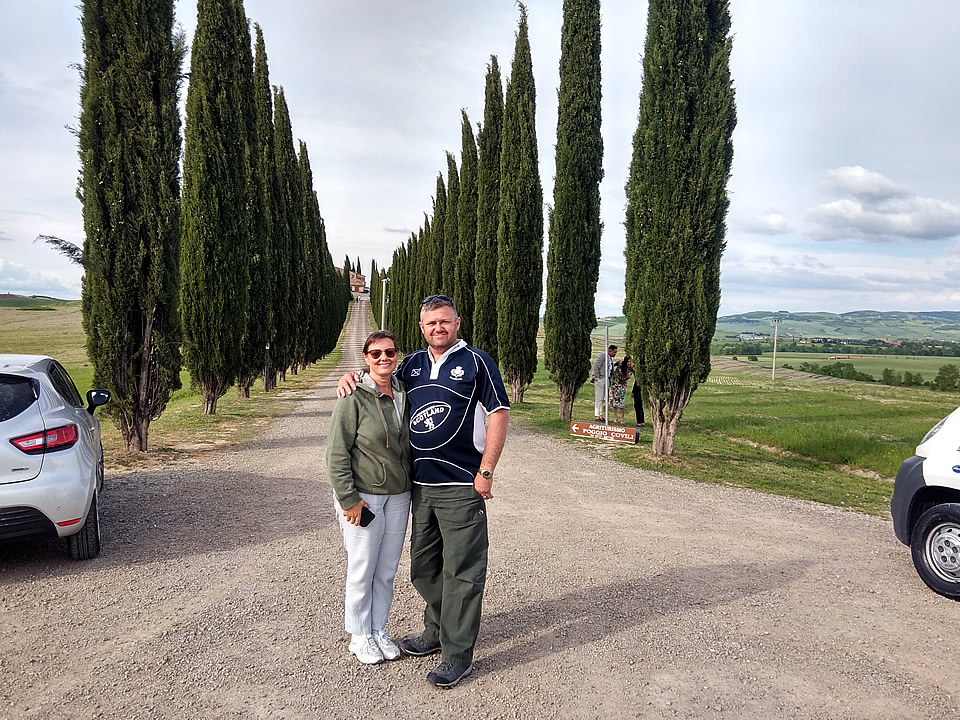
We booked two trips with Enzo, he was wonderful. At all times he made sure we got ...
26th March 2019
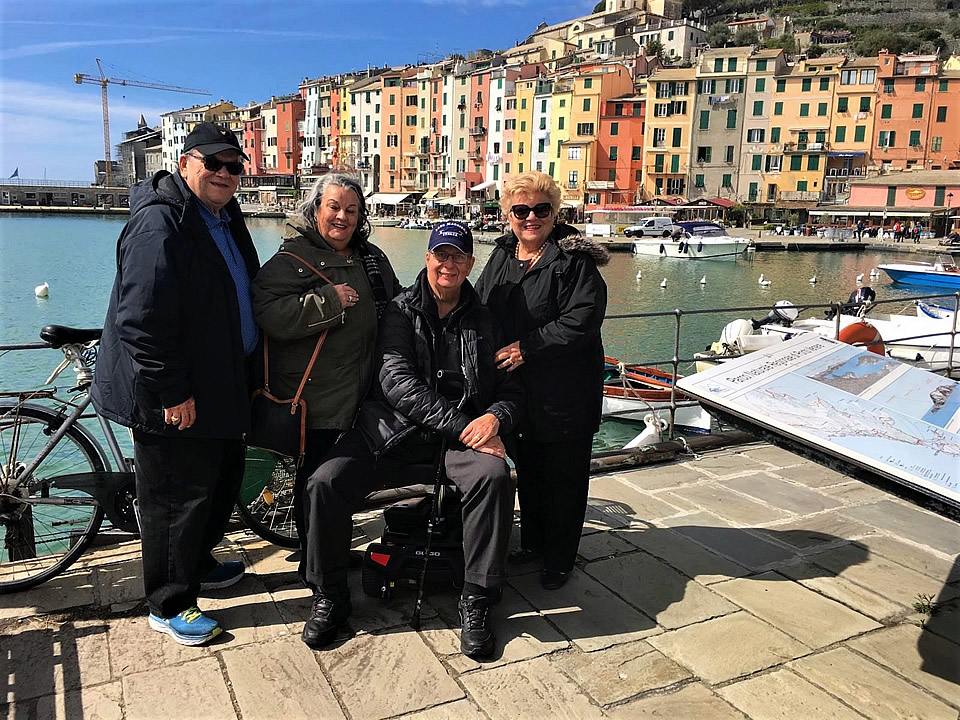
We traveled to France, Switzerland, and Italy with Enzo and it was wonderful! ...
5th October 2018
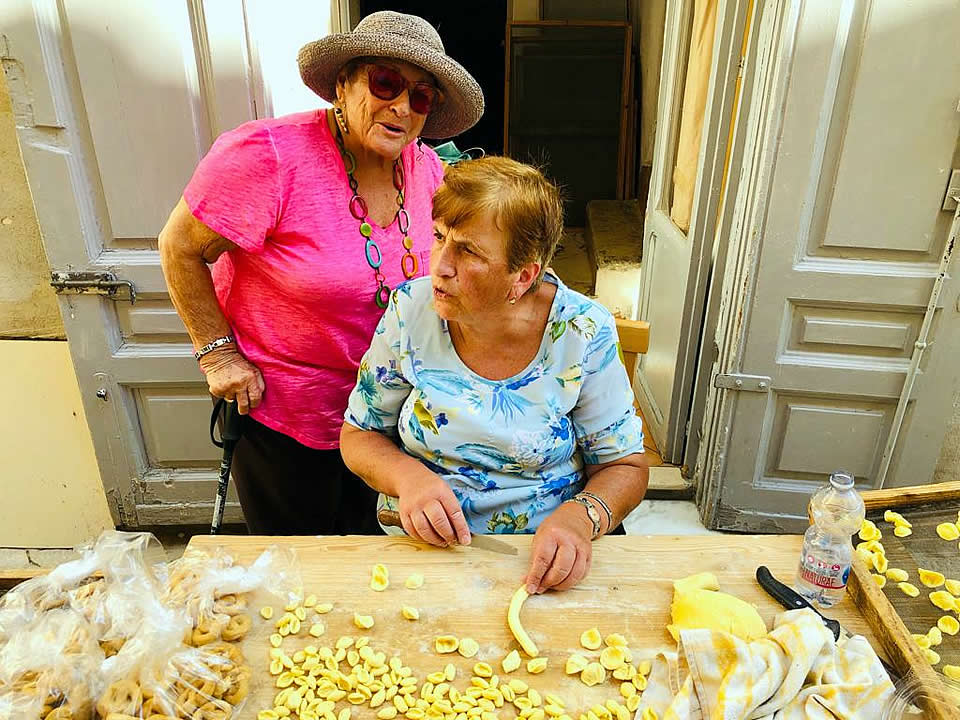
Thank you for a FABULOUS trip. We had so much fun. You were so kind , helpful and ...
4th October 2018

Our guide was not only an excellent and reliable driver who met us on time ...
14th September 2018
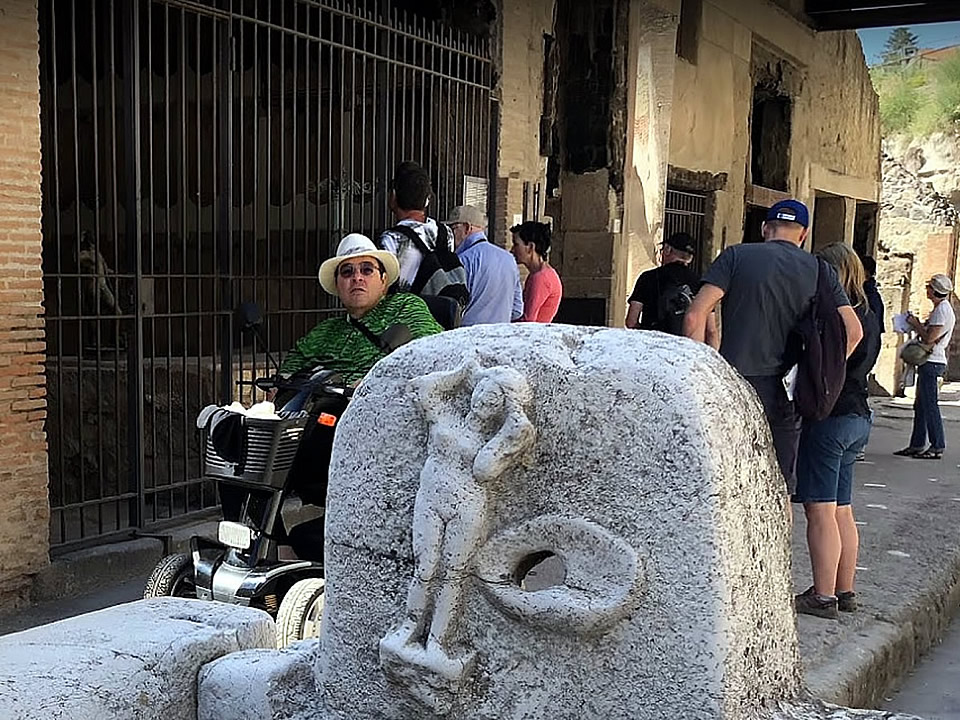
Our family of 4 had a wonderful trip because of Accessible Italian Holidays. Here ...
9th September 2018
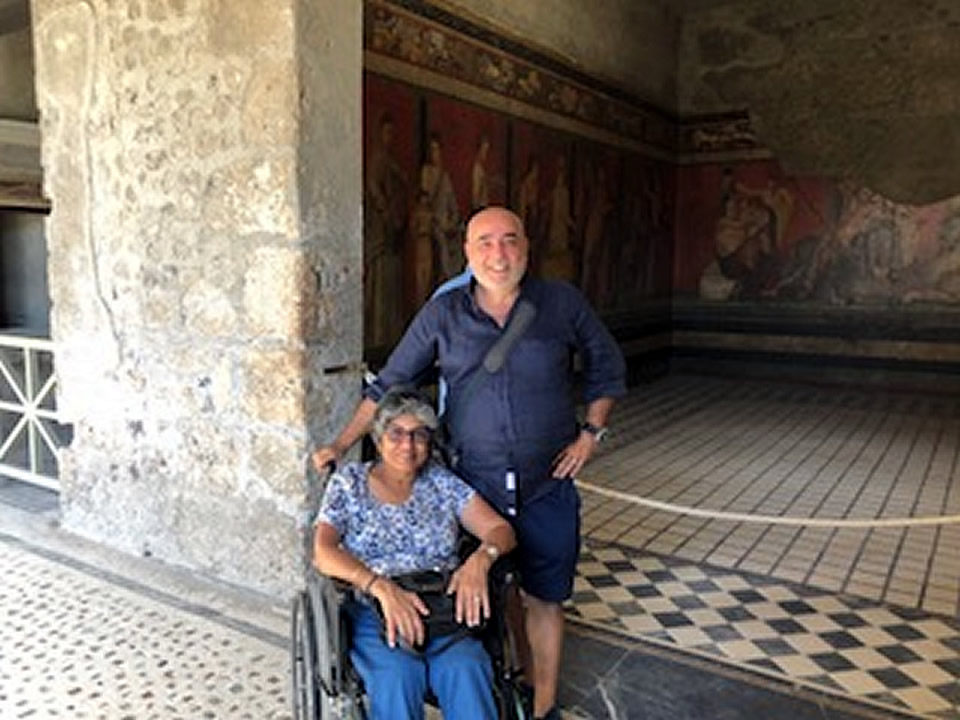
If you are in wheelchair and want to see the towns and cities of Italy Vincenzo ...
20th August 2018
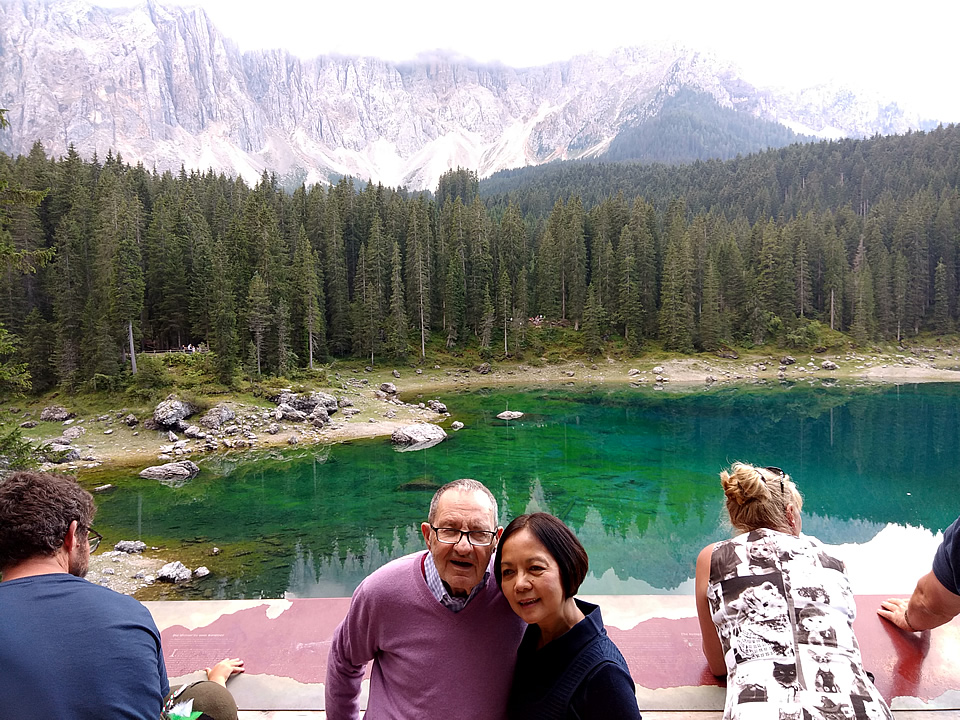
22nd June 2018

A little back-story. About 6 months ago I found this website and took...
16th June 2018
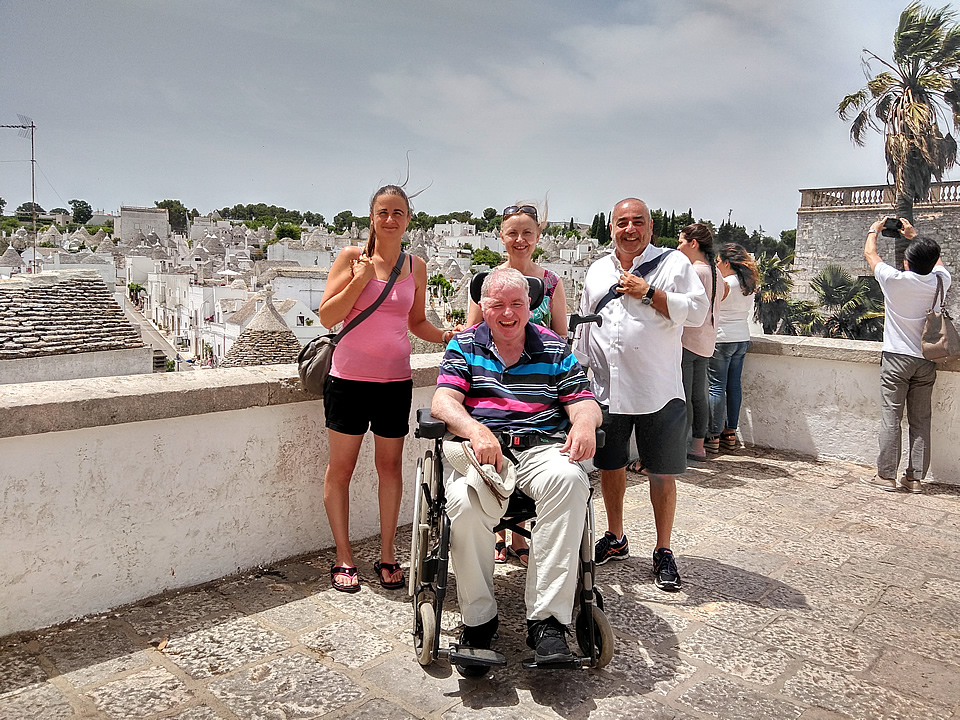
28th May 2018
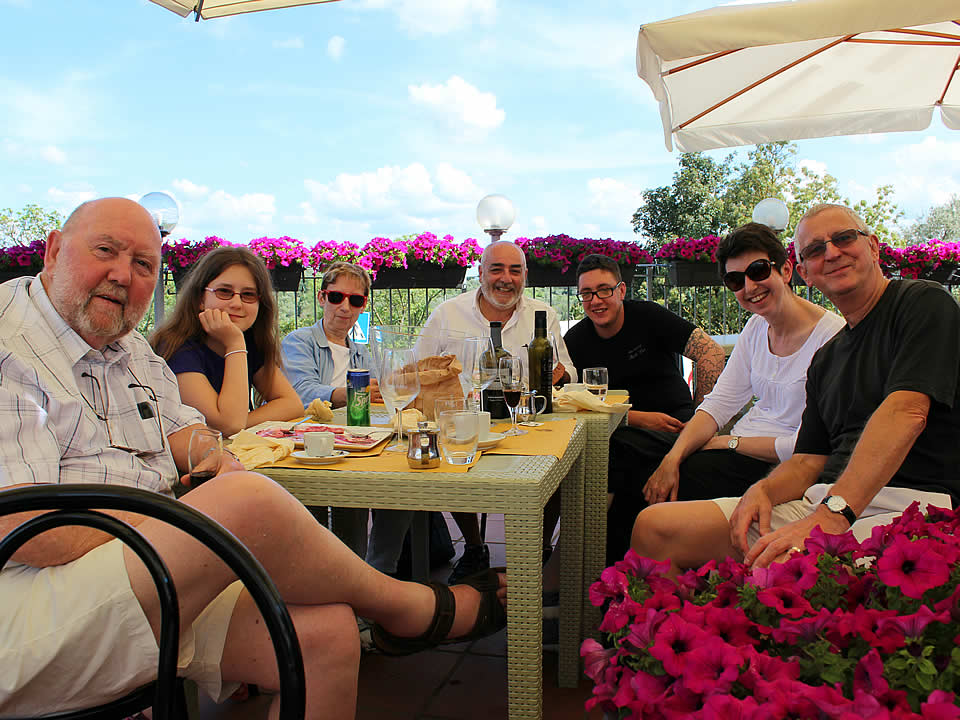
We visited Tuscany in May 2018. Enzo met us at Pisa Airport, took us...
6th April 2018
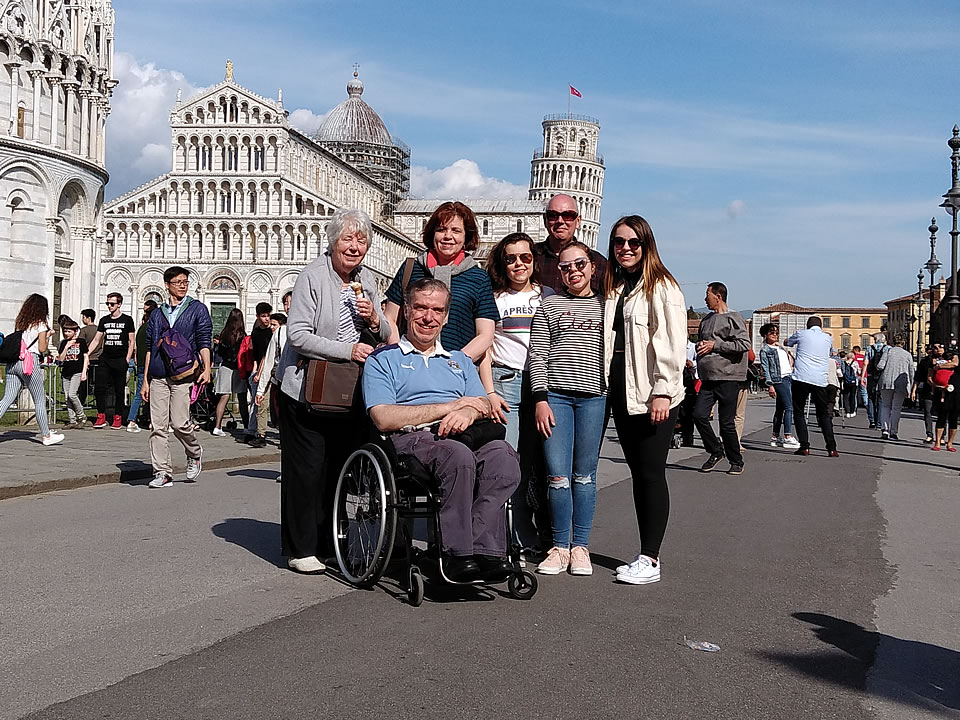
We had another excellent trip to Italy supported by Vincenzo at Accessible Italian ...
29th March 2018

Hi, Vincenzo, we often talk of the wonderful times we had in your beautiful country ...
10th September 2017

Three years ago, after major back surgery, I cried for several days believing i would ...
21st July 2017
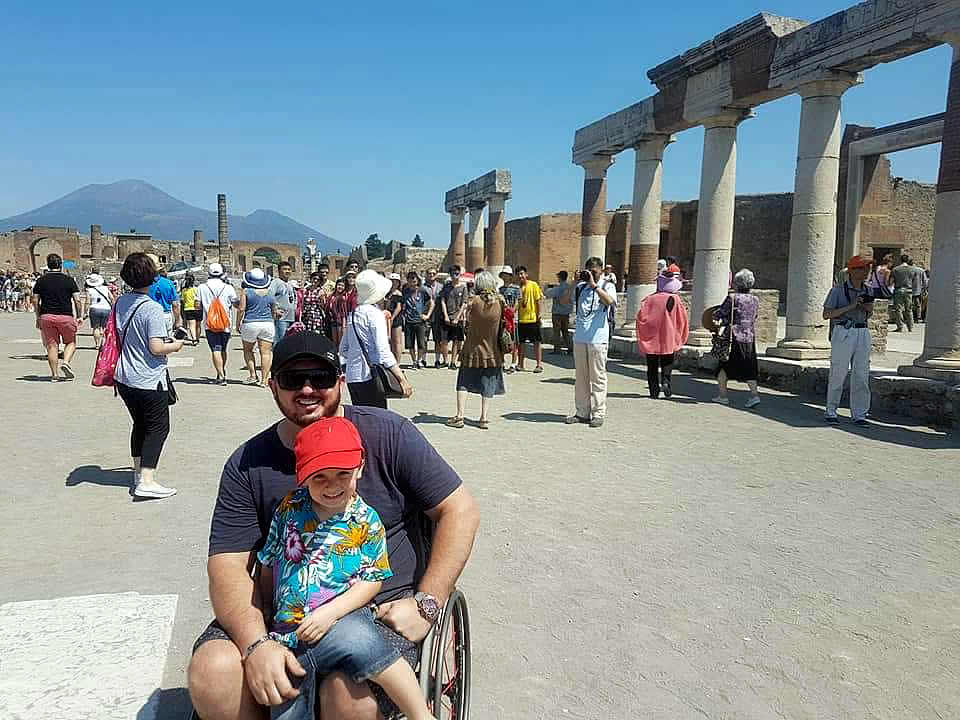
WOW!! What a service you provide. I cannot recommend you guys enough. We had ...
11th June 2017
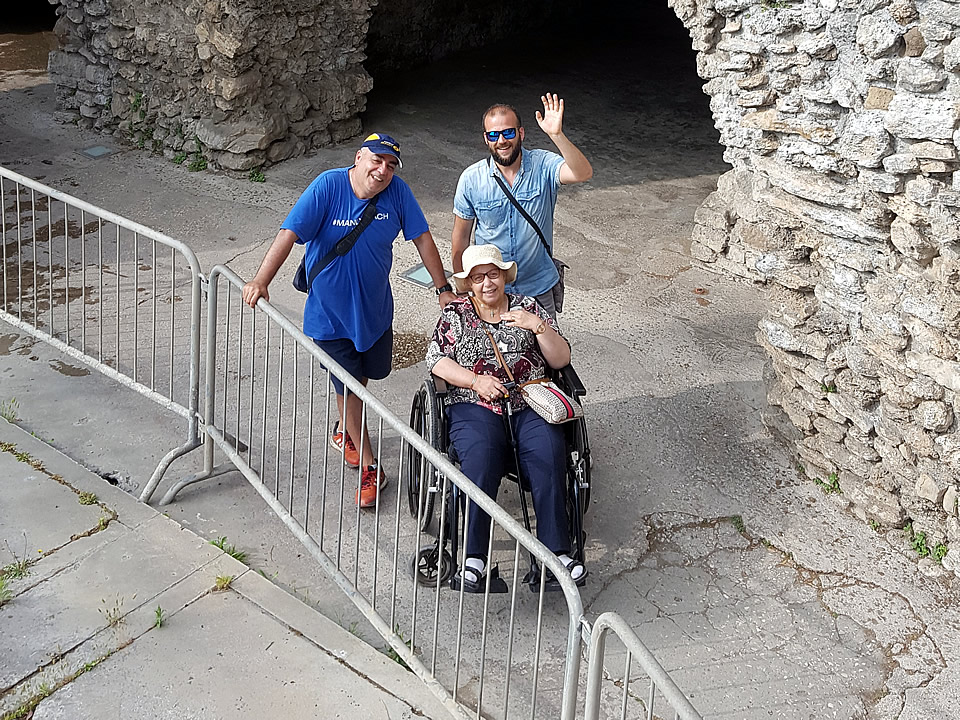
My mother and me have just returned from a wonderful holiday in the beautiful city ...
14th September 2016
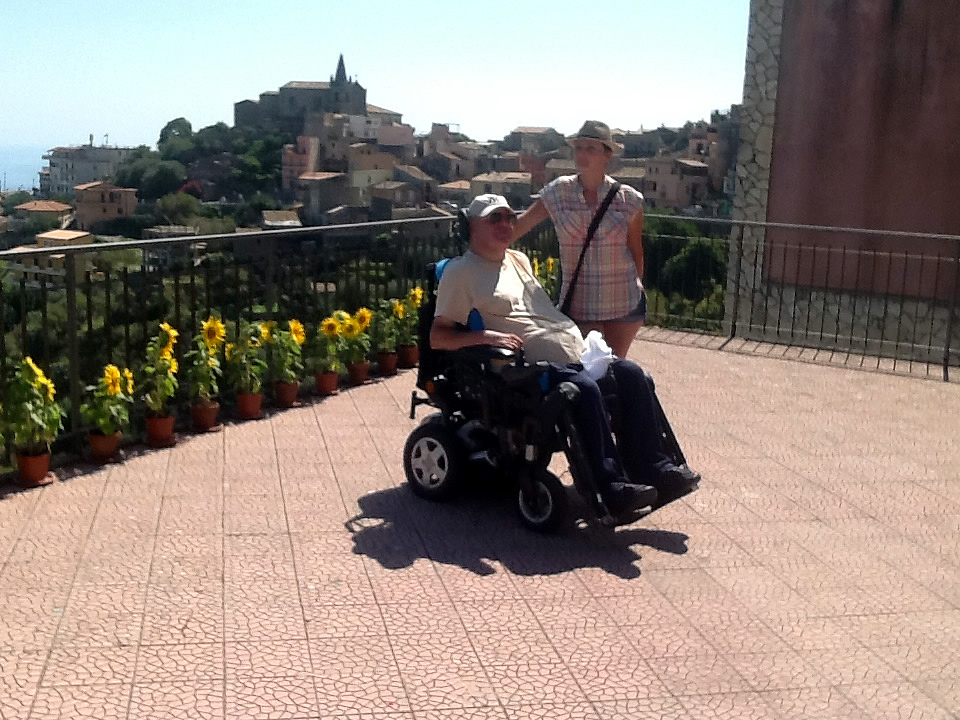
I just returned from a great experience in Sicily. I stayed in a beautiful Hotel SM01 in ...
11th September 2015
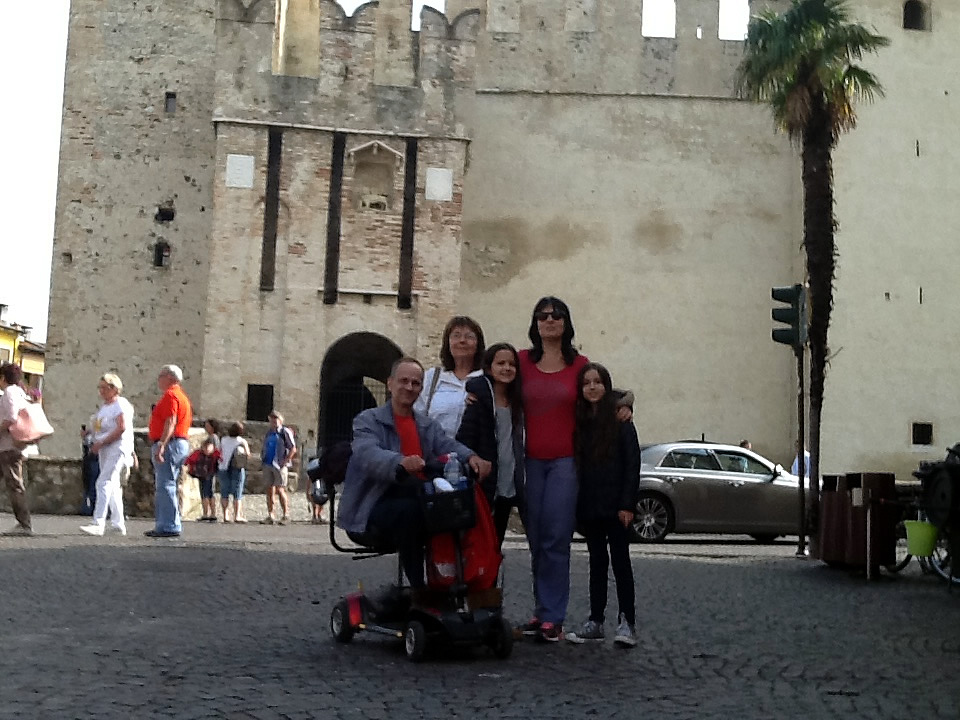
A few weeks ago our family: my mother, our 12 and 10 years old daughters and I traveled ...
4th August 2015
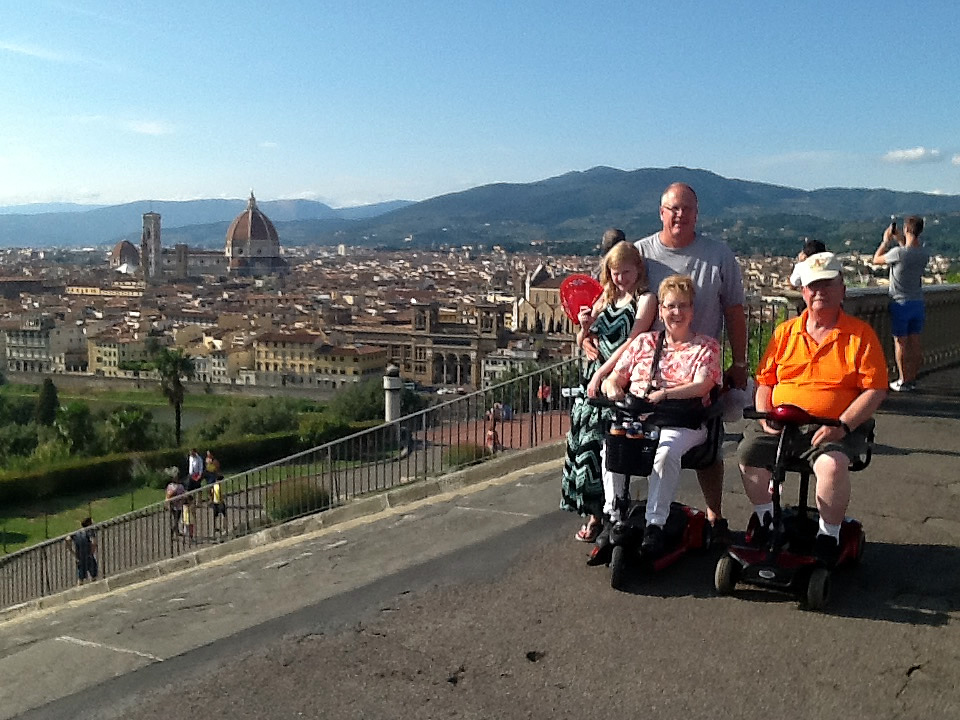
21st June 2015
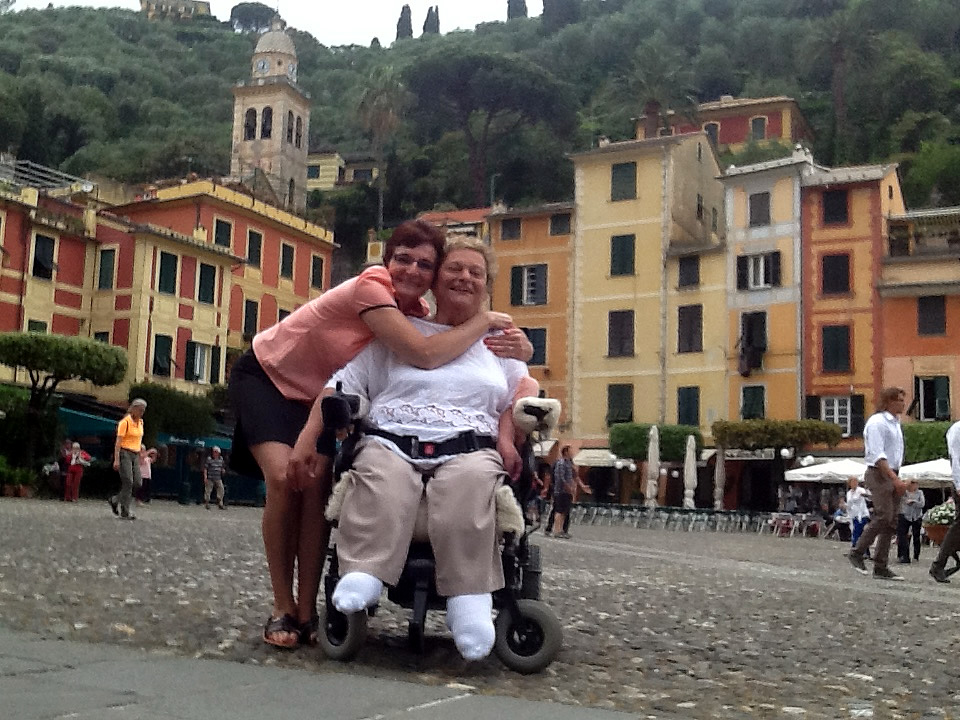
30th May 2015
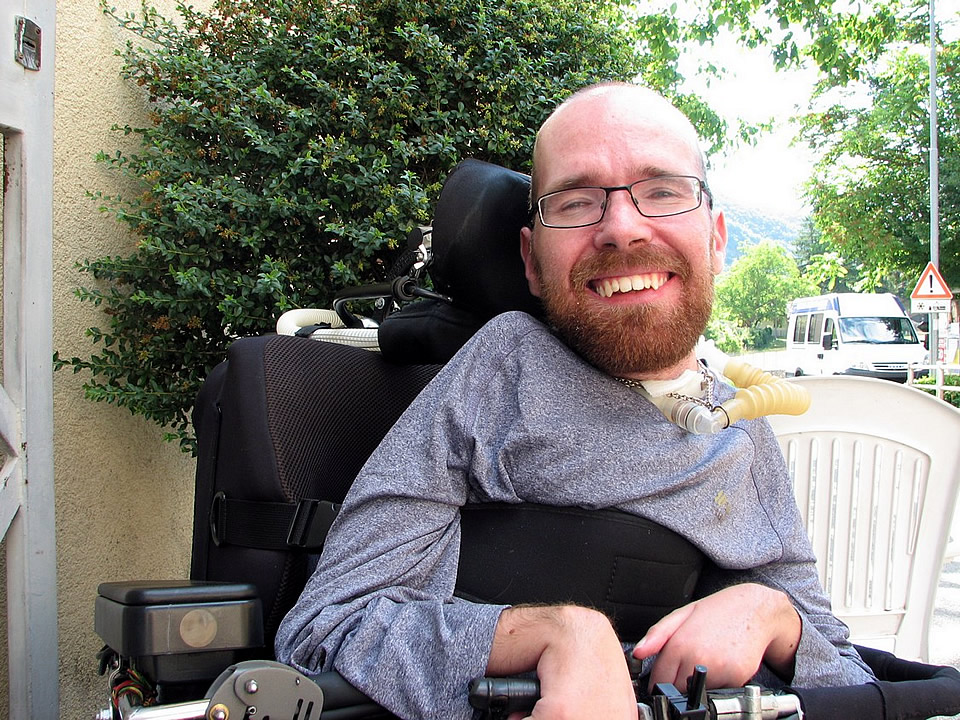
Italy has an overabundance of sights, flavours and people. Enzo was essential in ...
6th October 2014
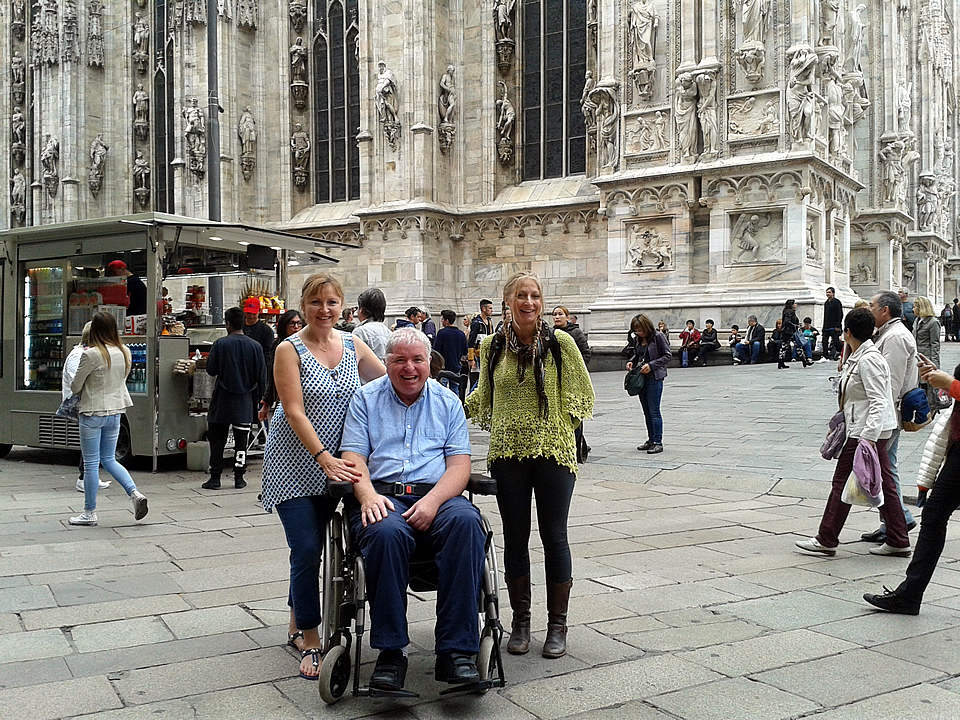
We have recently returned from another fantastic trip to Italy, and this marks our ...
6th August 2014
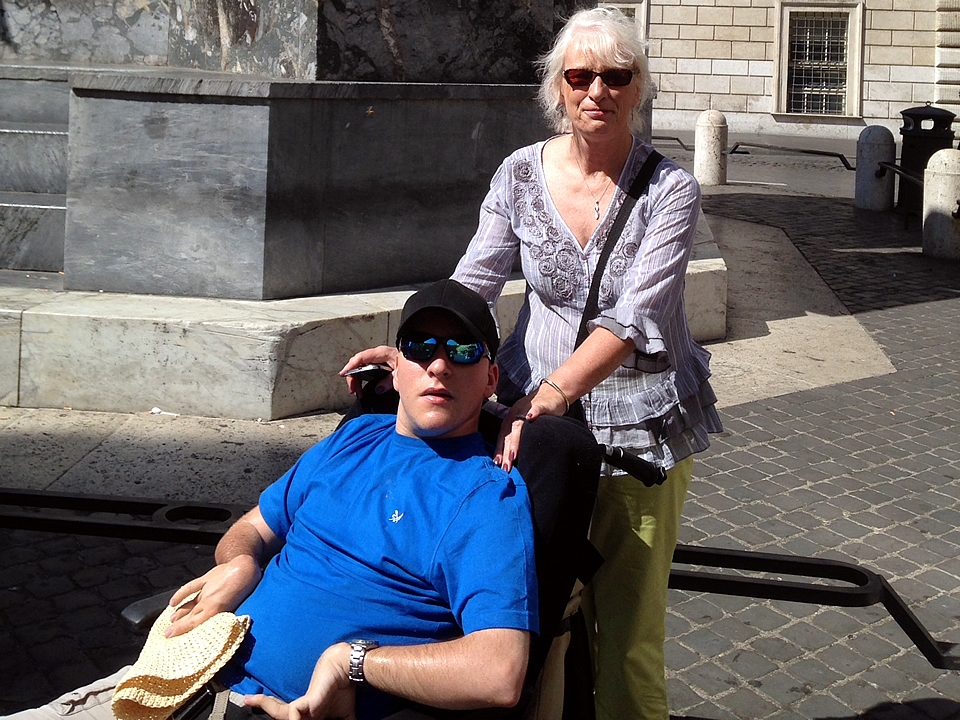
Dear Vincenzo, We would like to express our thanks for all you did to make our ...
13th June 2014
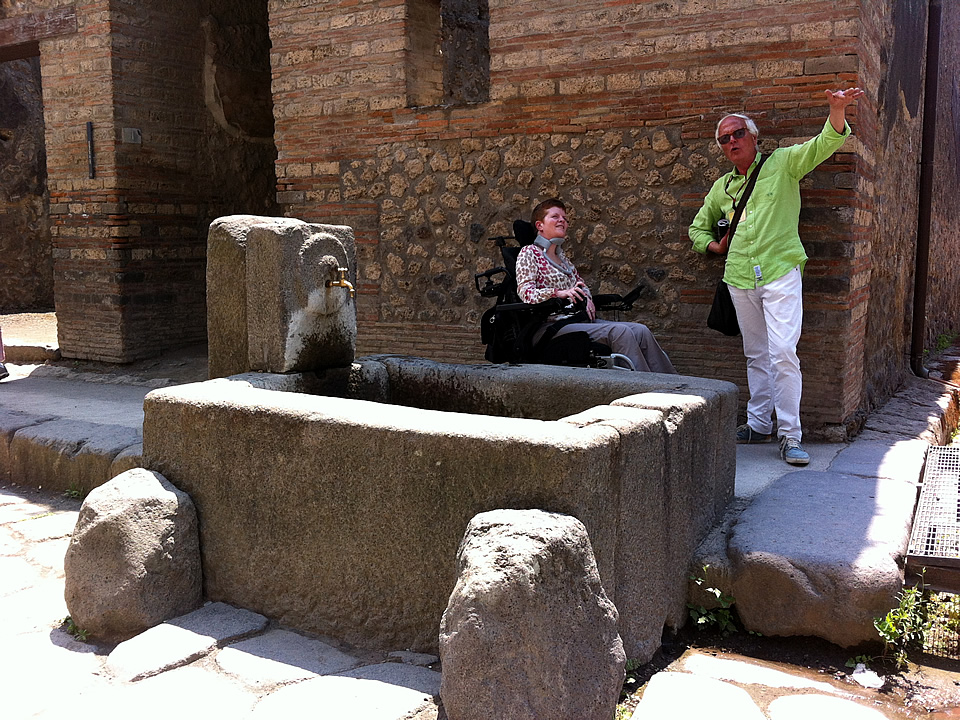
Dear Vincenzo, first of all, I’d like to thank you for helping me have an amazing ...
30th March 2014
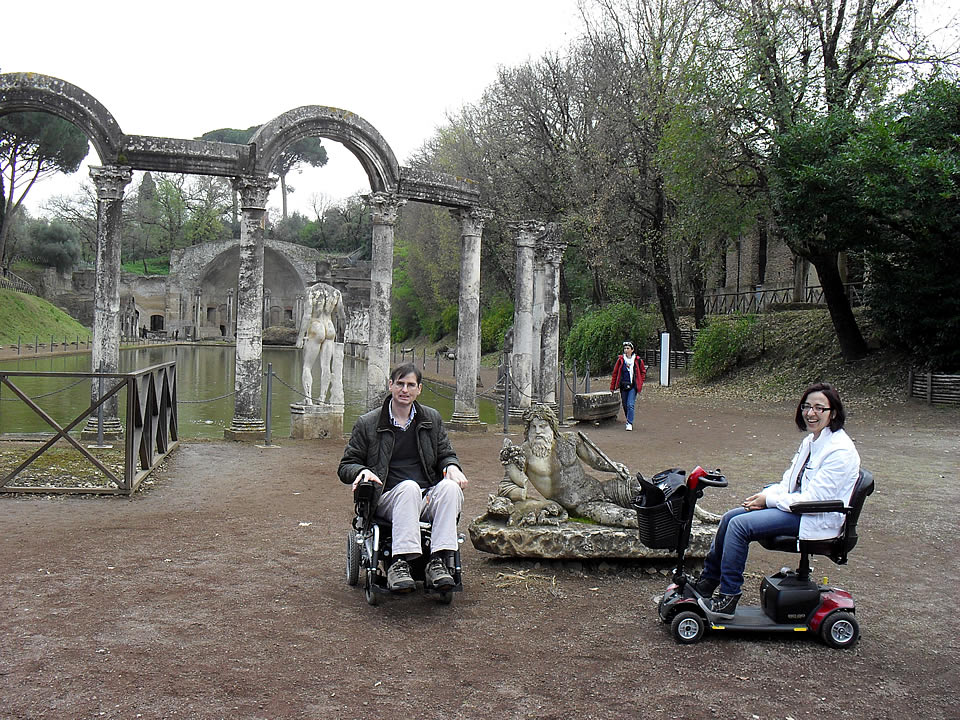
The Vatican Museum, St Peter Church, The Colosseum, Ancient Ostia, Hadrian Villa ...
8th November 2013
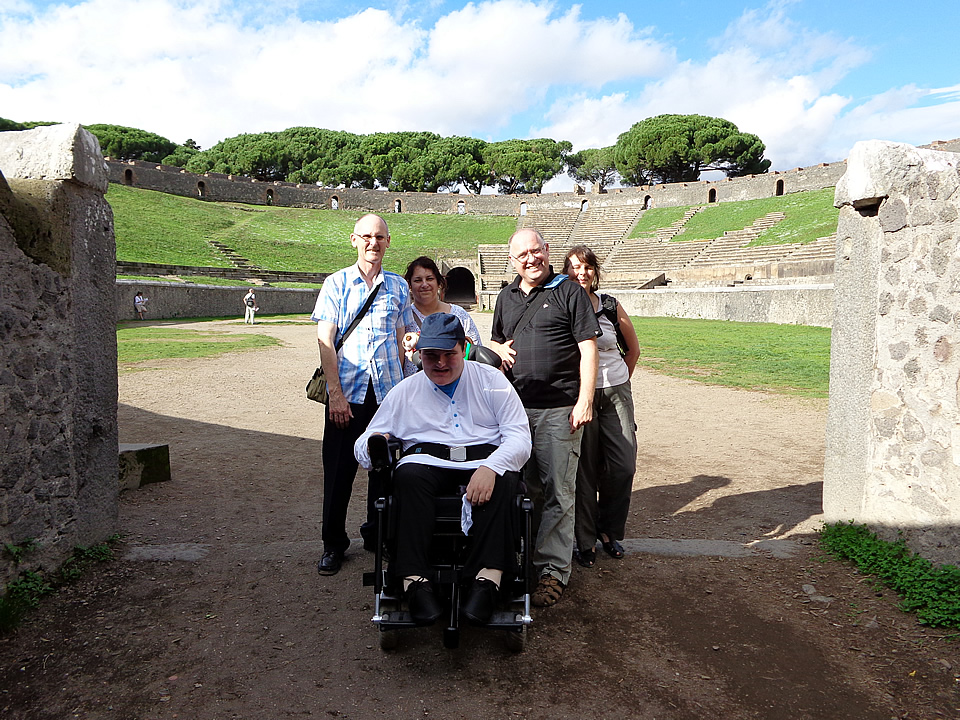
Thanks for you e-mail, apologies for not replying sooner, however at long last ...
14th October 2013
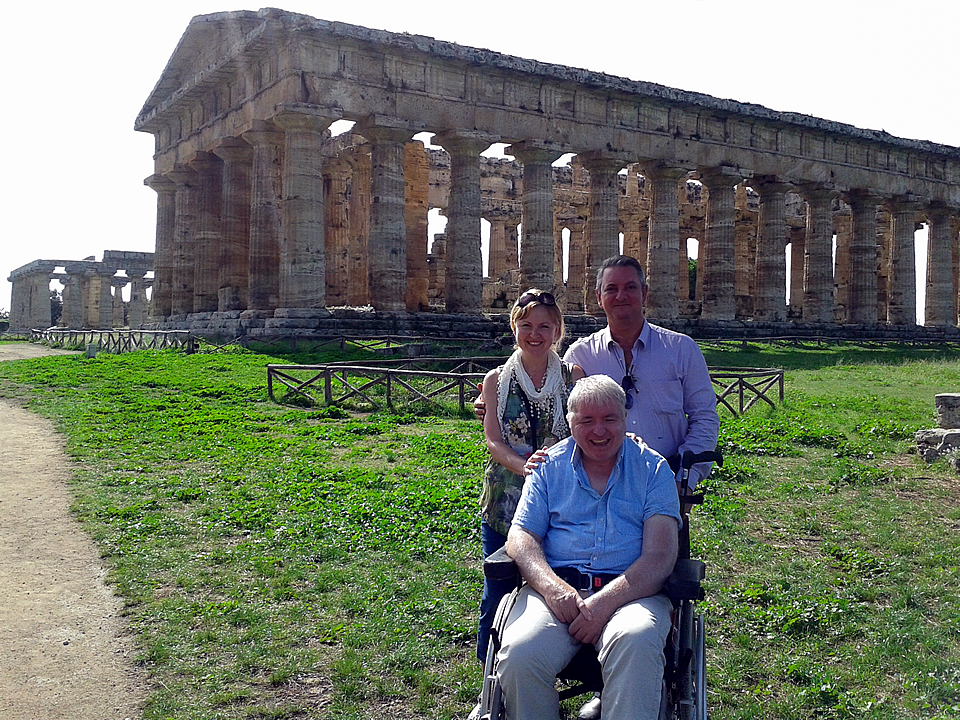
We have just returned from another wonderful trip to Italy, having used the ...
14th July 2013
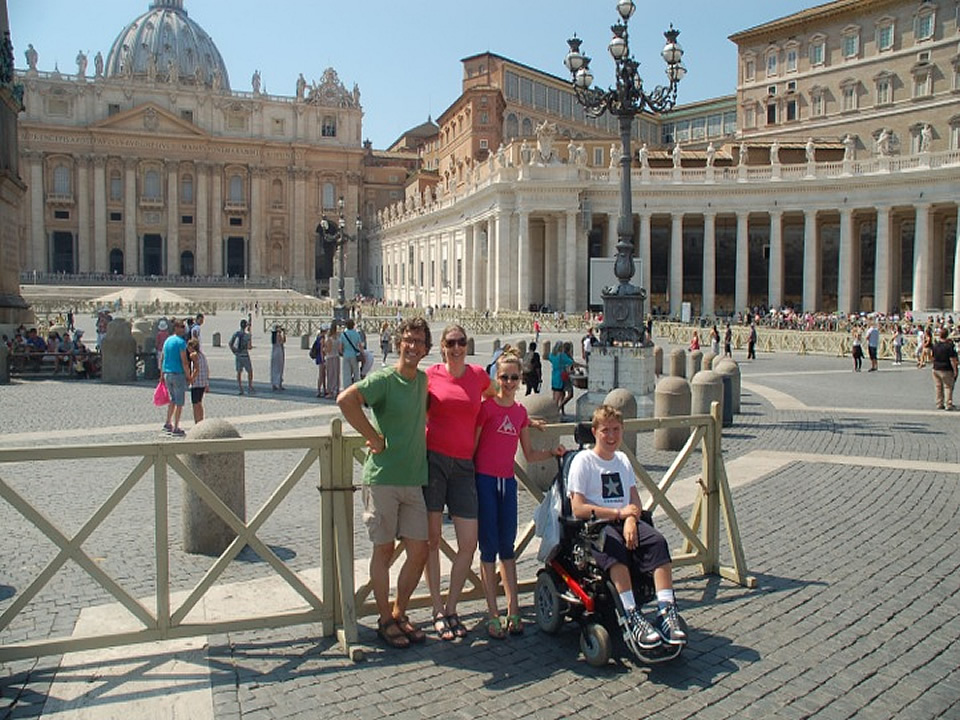
Mr Vincenzo, of Accessible Italian Holiday, made reservations for us ...
27th July 2013
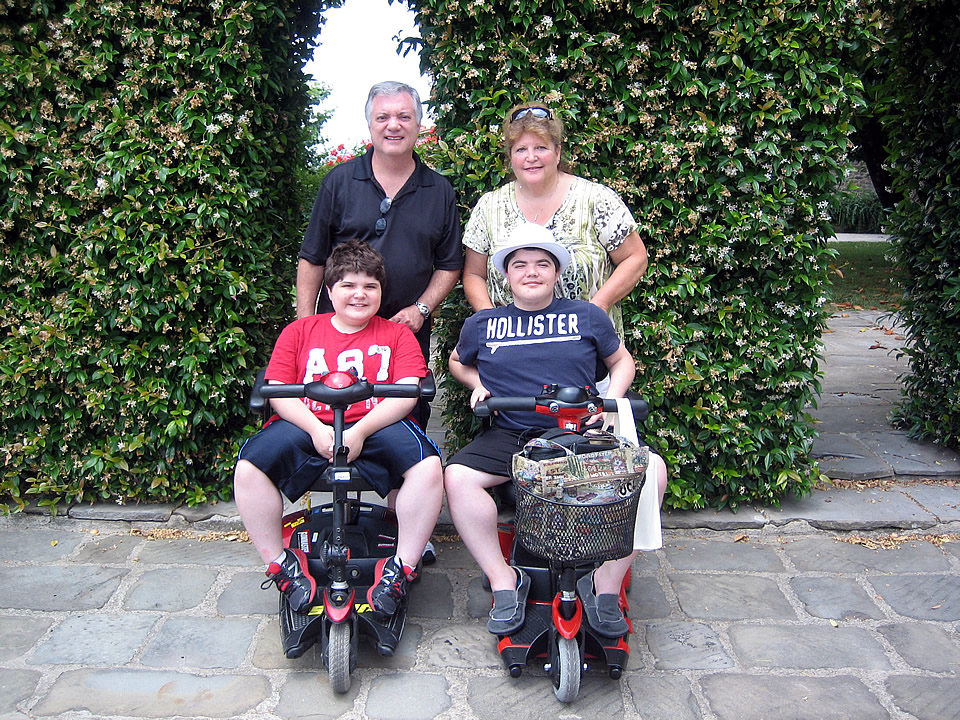
27th July 2013
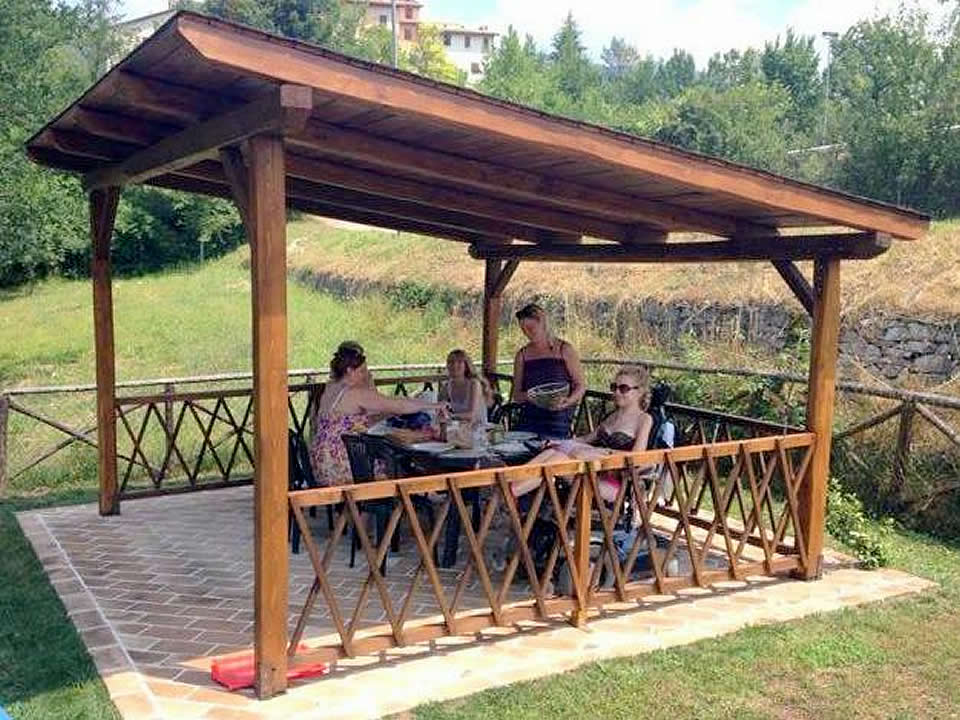
Accessible Italian Holiday provided great rent equipment and fantastic ...
18th May 2013
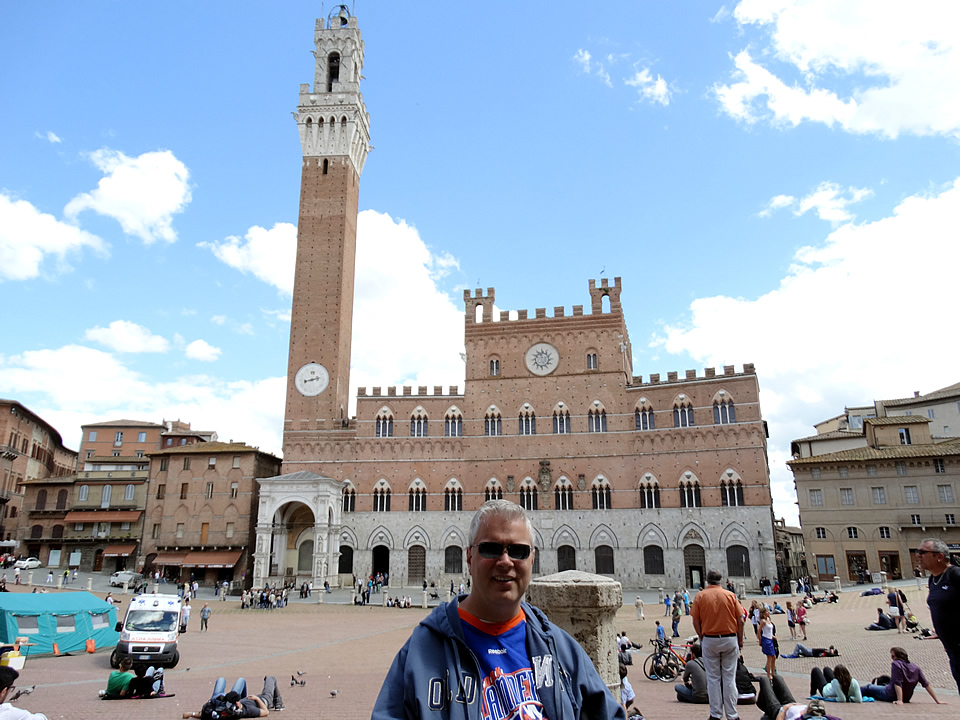
My wife and I would like to take this opportunity to thank Vincenzo of Accessible ...
30th April 2012

We have just come back from a wonderful week in Italy, courtesy of the services ...
18th October 2011
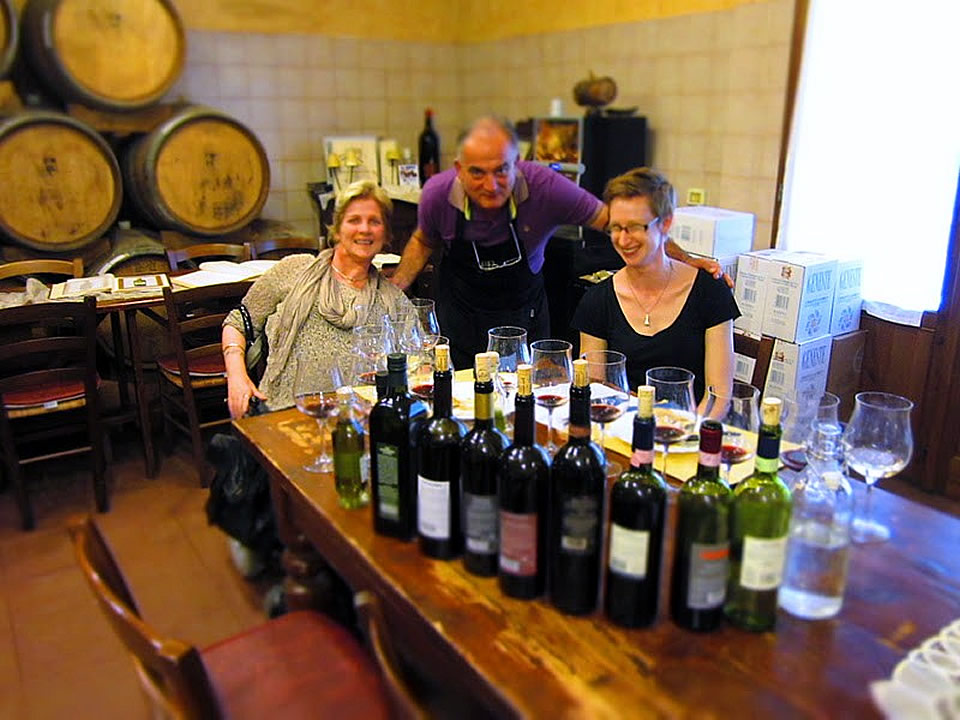
I highly recommend Accessible Italian Holiday for any person with a severe ...
21st September 2011
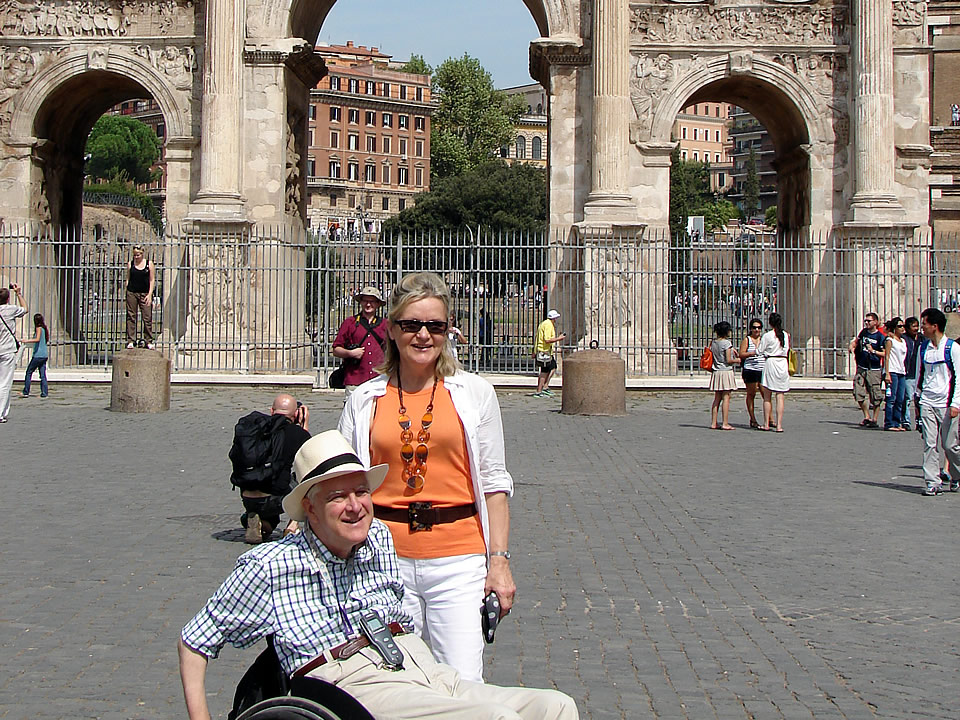
I can sincerely recommend the service provided by Vincenzo and Accessible Italian...
29th August 2011
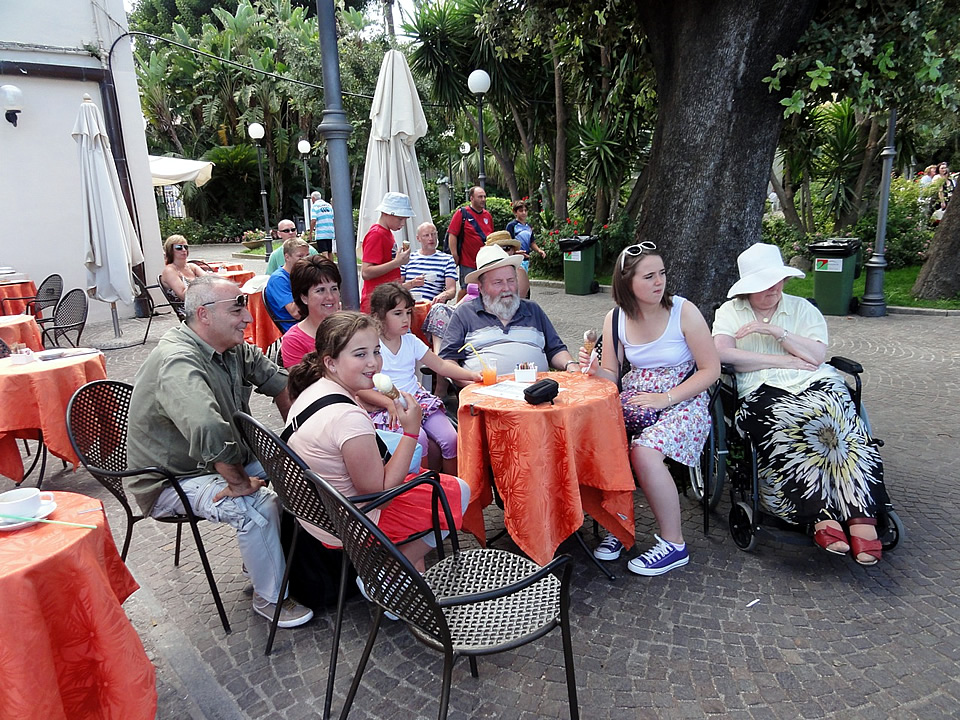
Thank you again for such a wonderful day. We were so looking forward to ...
20th June 2011
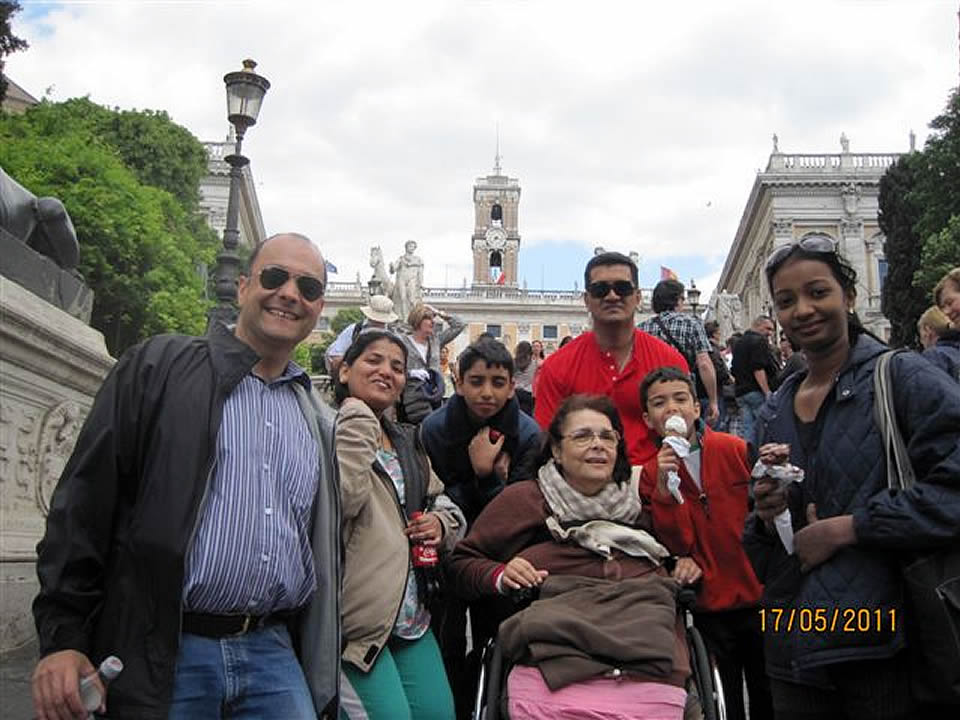
I want to thank you for your very efficient and reliable help in providing my mother...
2nd May 2011
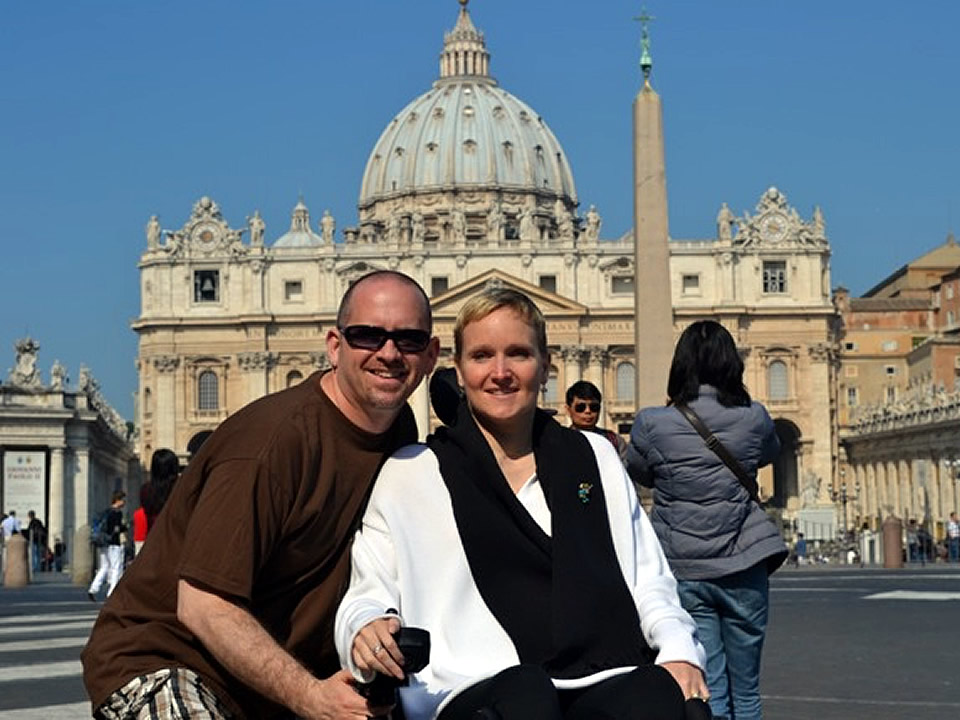
My husband and I recently experienced our dream vacation in Italy. I am ...
26th July 2010
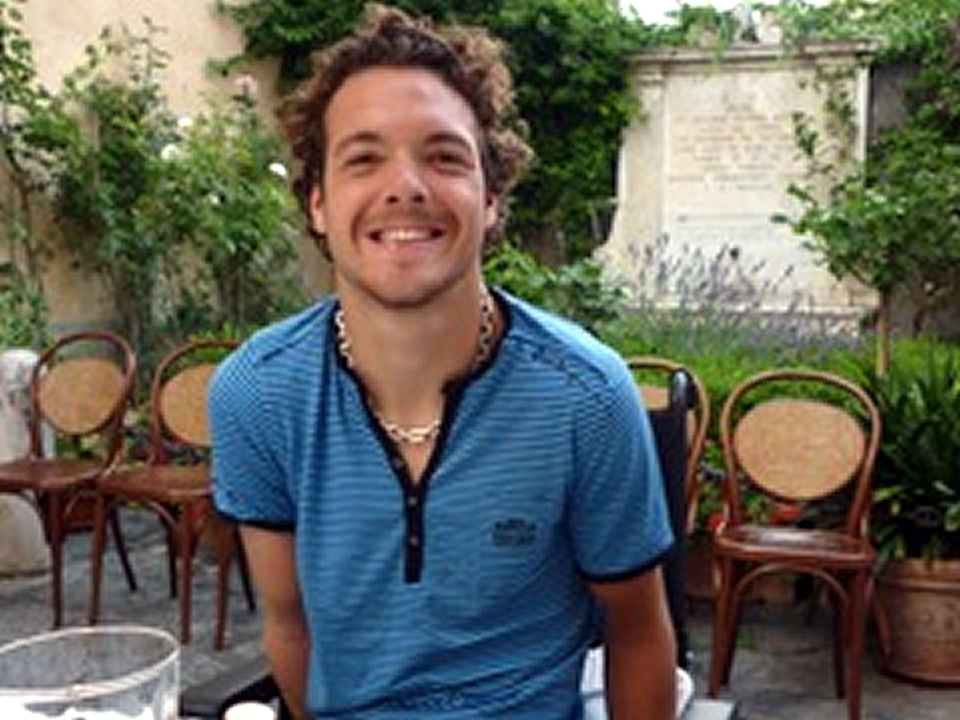
Hey Vincenzo! I just wanted to thank you for helping us get from Naples airport ...
16th June 2009
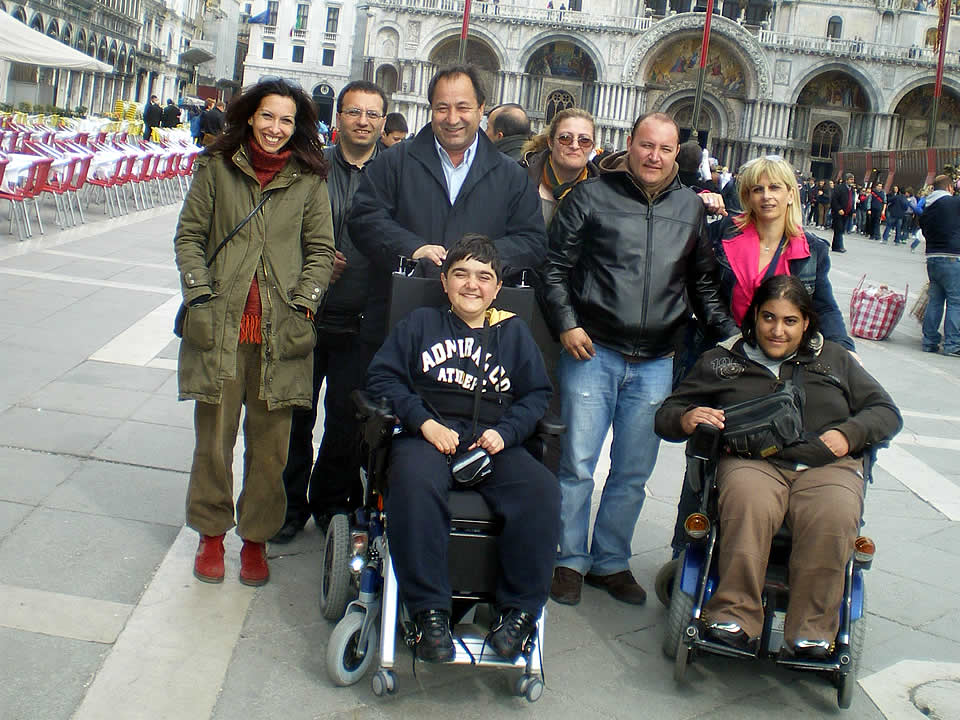
We traveled a lot of kilometers but the trip with your accessible van was very ...
9th October 2008
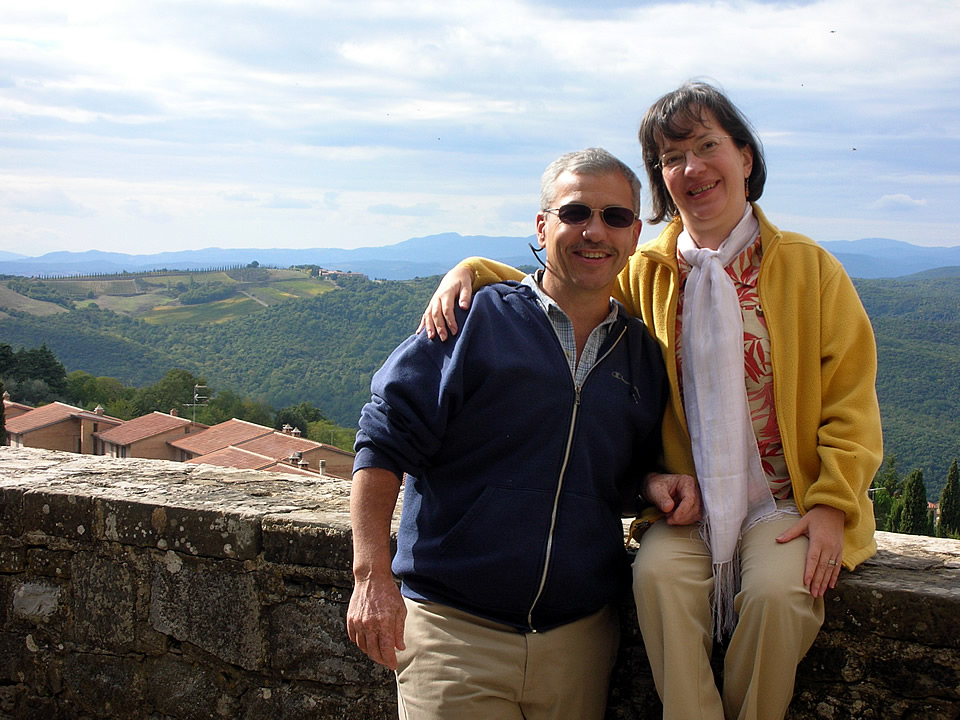
From the time we began planning our trip six months prior, we had excellent ...
29th September 2008
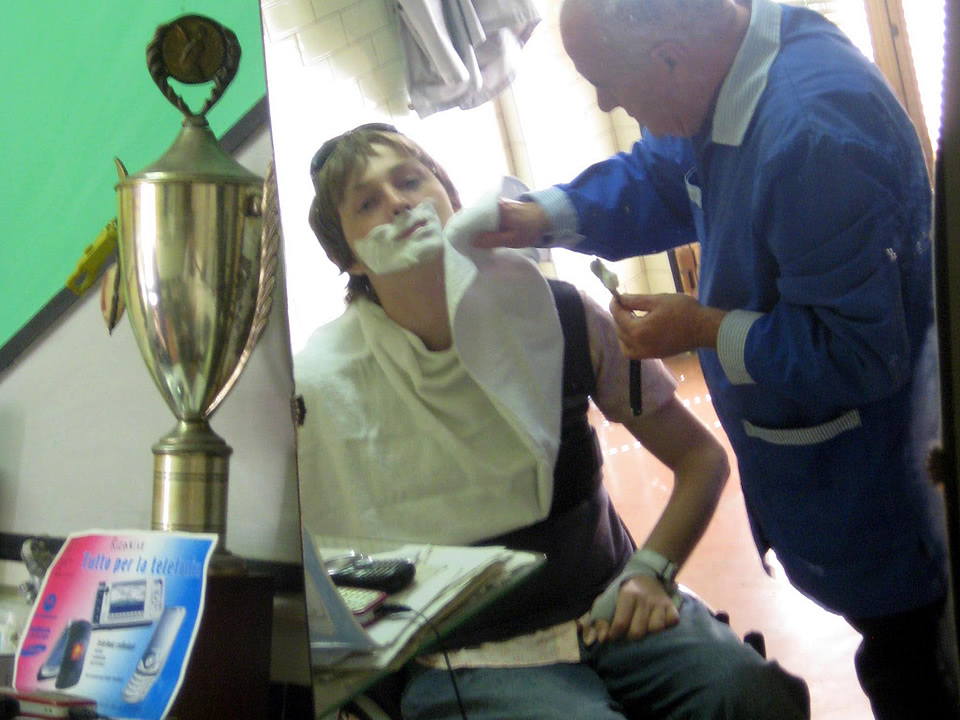
If you are in a wheelchair and you are considering a holiday in Italy you must contact ...
29th July 2008
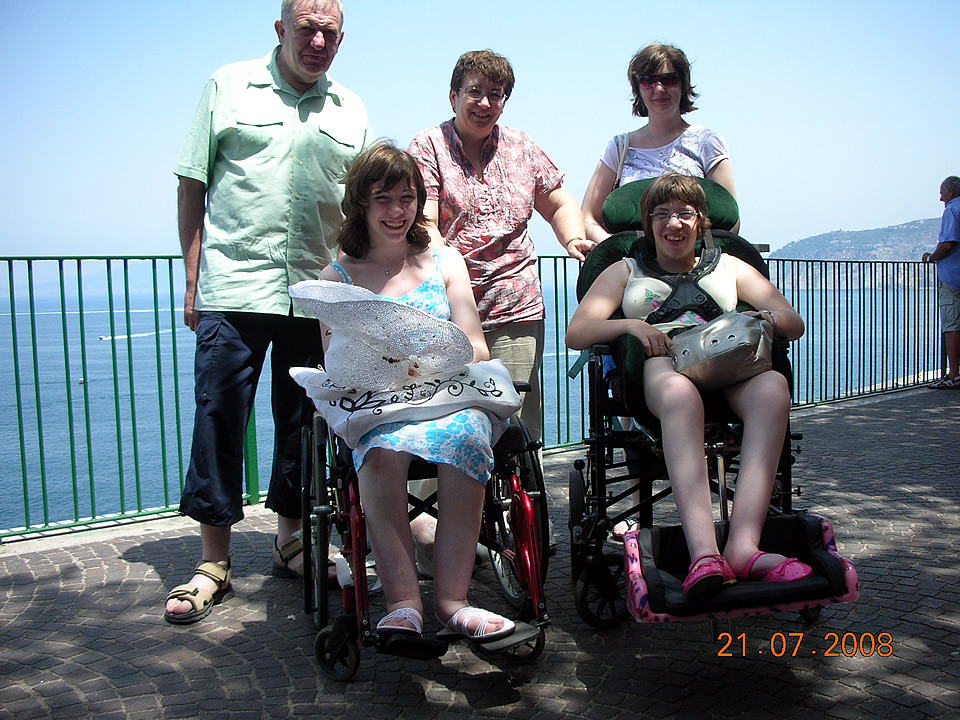
The whole family is anxious to let you know what a fantastic time we had last week ...
26th June 2008
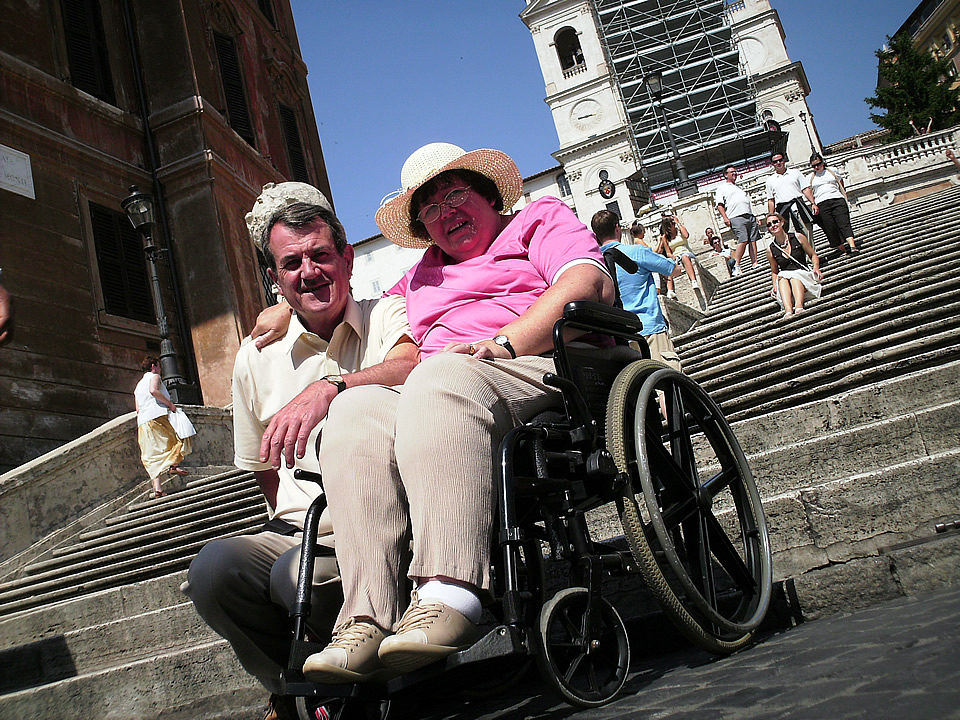
Anyone with any disability should, in our opinion, look no further than Accessible ...
10th May 2008
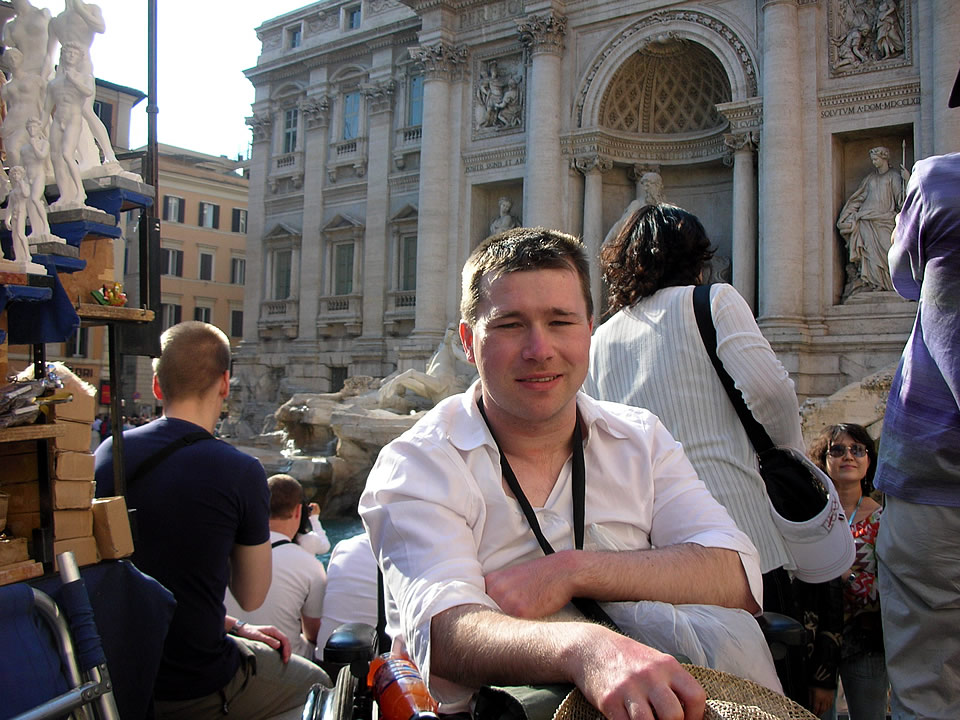
For a country which is only a 2 and half hour direct flight away,it is truly a shame ...
3rd November 2007
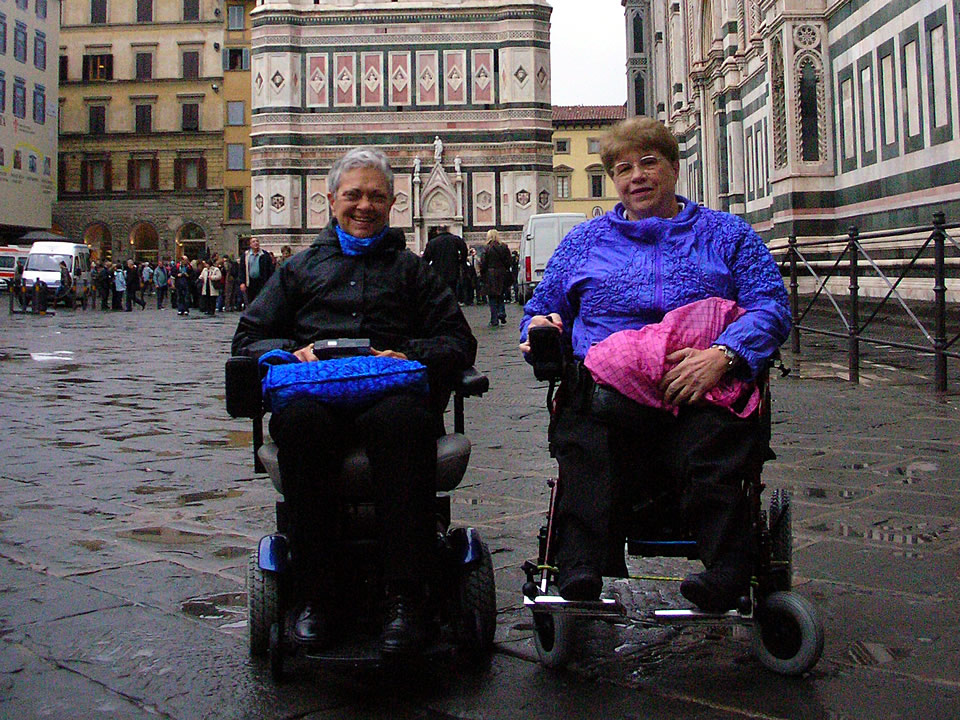
This note is to thank you, your partner and your driver so much for making out tours ...
20th September 2007
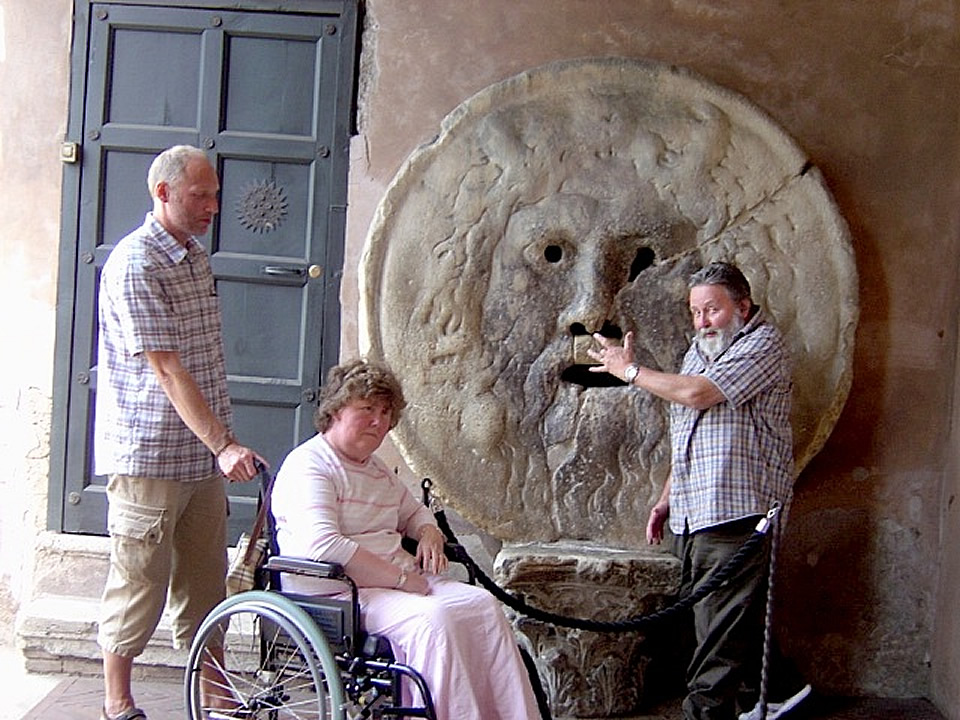
Here is an organisation that delivers all that it promises and more. My family of eleven...
18th August 2007
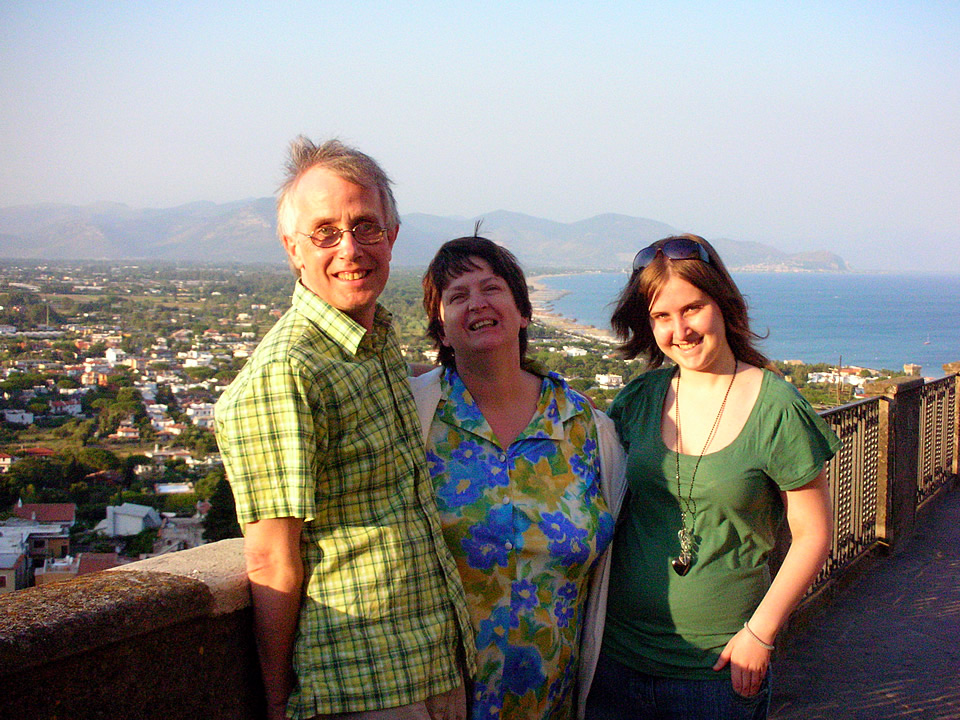
We had not had a family holiday for six years. Kim’s celebral palsy walking ...
10th August 2007
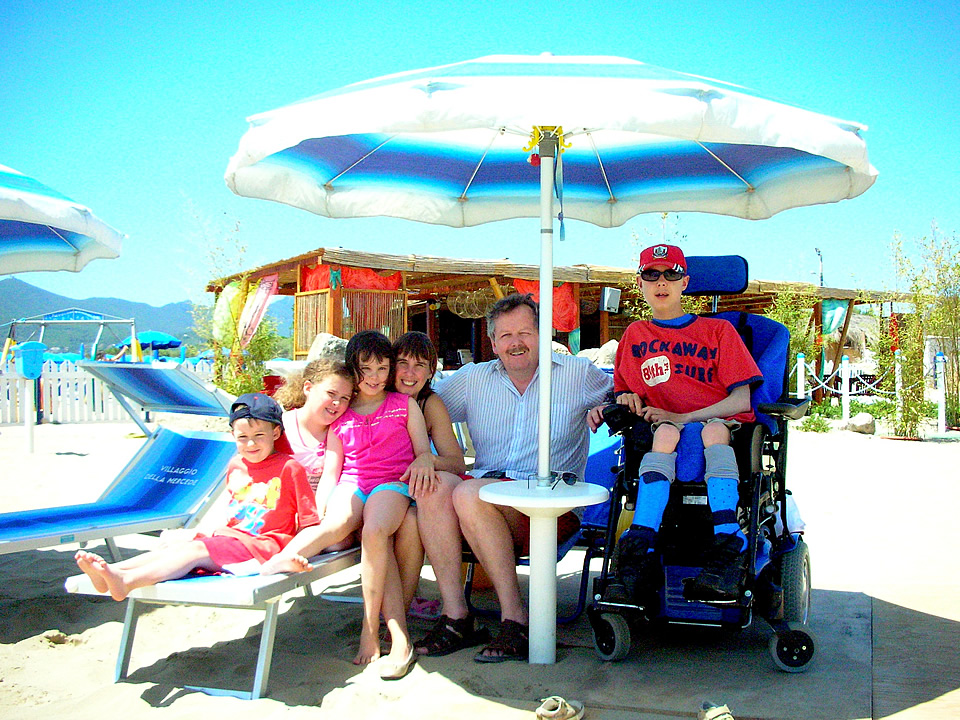
We would like to thank Enzo for helping us have one of the best holidays of our lives ...
4th July 2007
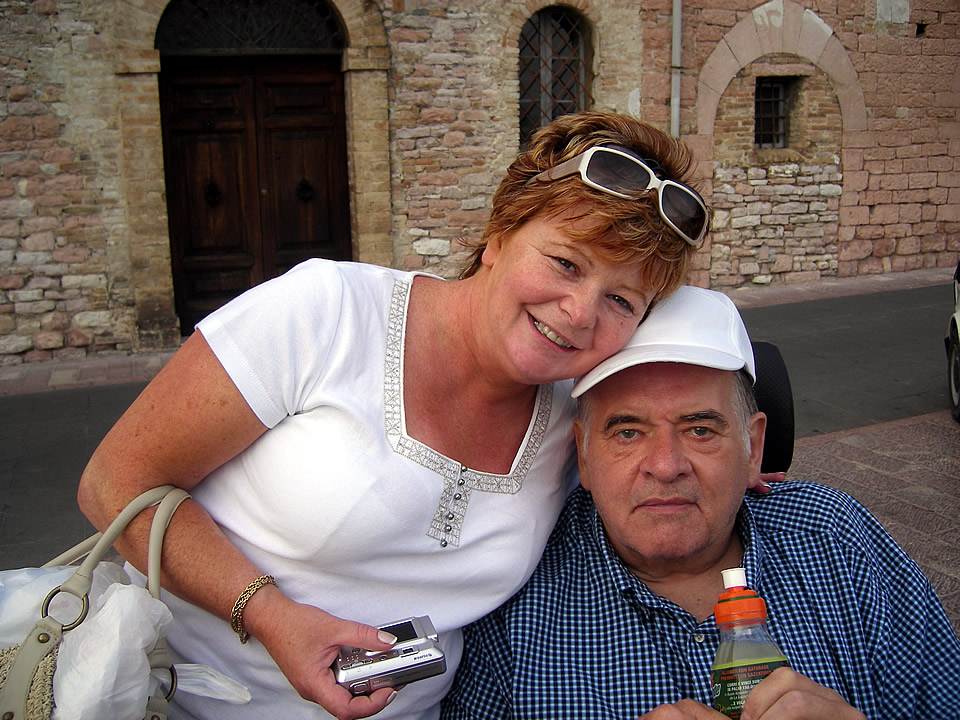
My husband Arthur has end stage Parkinsons disease, chronic heart failure ...
30th October 2006
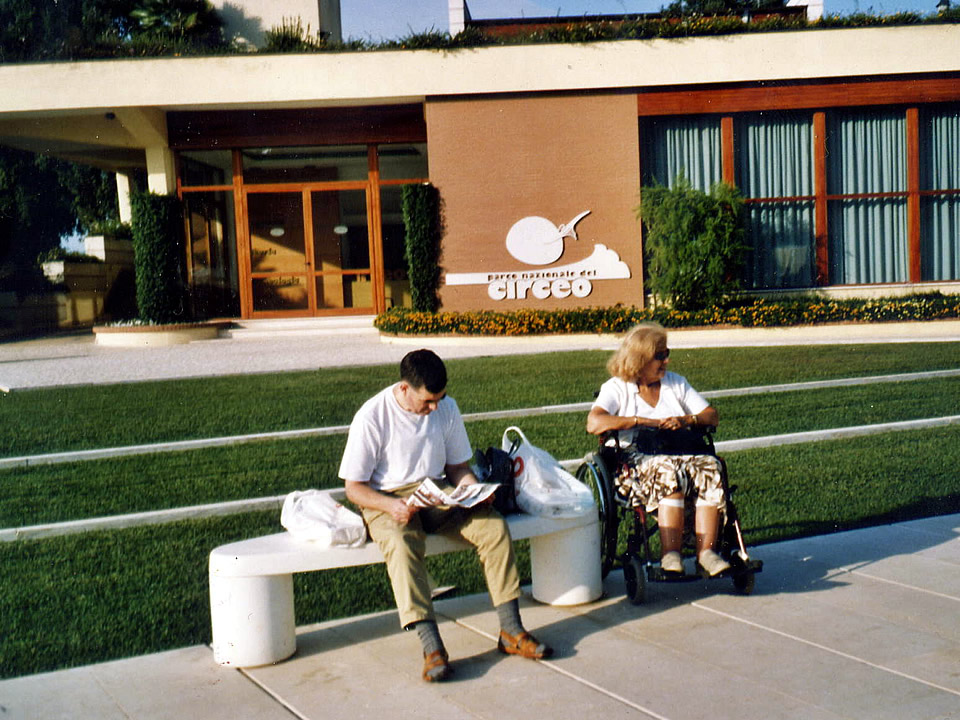
There are so many places to see in that part of Italy, too many to fit into a week ...
28th September 2006
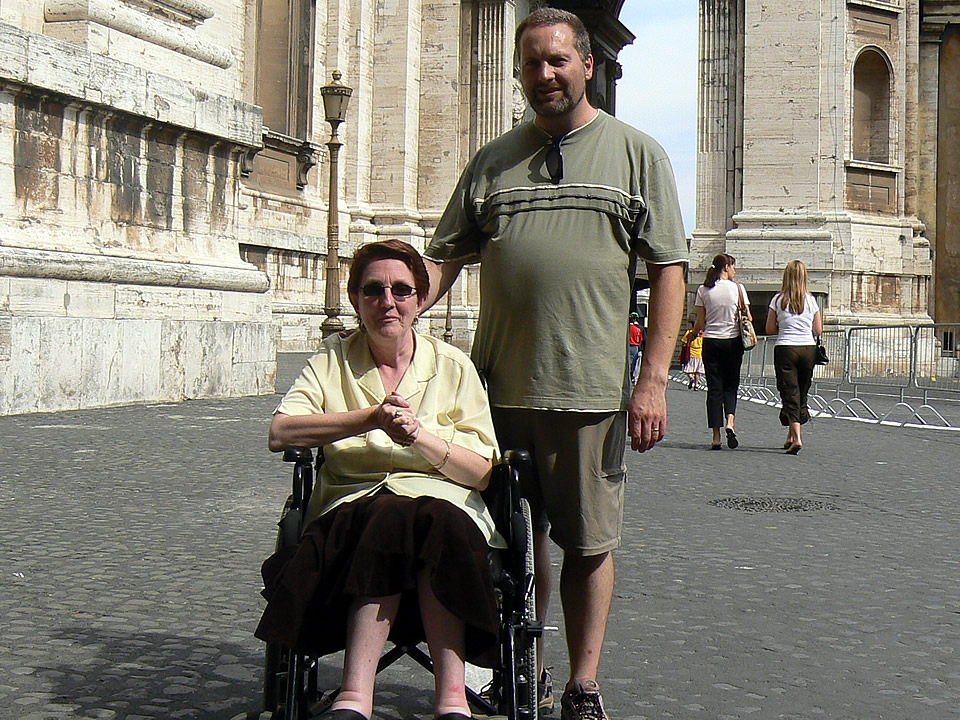
Thanks for a memorable holiday. We were a bit dubious because we had never ...
20th August 2006

We spent a very enjoyable holiday in August at Hotel LSF1. The journey from ...





